How Foxtel’s 4.7million subscribers may or may not be part of the Circular Economy
In recent months Foxtel has been contacting customers to state they must change their old receiver boxes to an iQ4 or iQ5 box. The outfit changed hands to DAZN in a deal worth $3.4 billion announced in December 2024 (the deal was finalised in April 2025, with DAZN acquiring the Foxtel Group from News Corp and Telstra. DAZN is ultimately controlled by Len Blavatnik, a British-Ukrainian billionaire).
For those currently using iQ2, iQ, MyStar, MyStar HD, or Standard set-top box, they were informed they will need to switch to the new model as the old ones will cease to function.
Customers are advised they can ‘get rid of the old boxes’ themselves – which would be around, according to Foxtel’s own statistics, at least 4.7 million Australian subscribers and at least the same amount of receiver boxes. For customers like ourselves, who signed on from day one and had two ‘extra rooms’ boxes installed for when the boys were still at home and had to watch the Australian or European soccer at some early hour of the morning, that equates to 3 boxes to just ‘get rid of’.
The bulk of these old boxes are made from metal and have metal fittings – so naturally we asked 'why are these not being recycled?' If there are millions of these boxes, and in some households that have 2 or 3 ‘extra rooms’, millions of metal components could reduce what is needed to made for some new use.
Those who have inquired about what recycling have been directed to a webpage which tells them which boxes they will accept back and that, in some cases, customers will need to pay to have them couriered. Others have stated they cannot find the information or have been informed of the costs applicable to them.
The FAQ’s on this webpage states:
What if I can’t find a recycling centre? Not all of Australia is currently covered. If there isn’t a suitable location for you to recycle, please dispose of the set top box thoughtfully.
Can I recycle remotes and cables at these locations? No, the only Foxtel equipment accepted are Set Top Boxes. Remotes and cables you can keep and reuse.
Which Foxtel Set Top Boxes can I recycle? Older models: iQ1, iQ2, MyStar, MyStar 2/HD and Standard.
Listed as a local drop-off point is Officeworks at Mona Vale.
The news service inquired whether they were still accepting the boxes and the response was and uncertain; ‘’ Really?Yes, that should be fine.’’
But where are they going after that and what happens to them when they get there?
No one could say.
Given the amount of confusion, and the huge amounts of boxes to be ‘disposed of thoughtfully’, the news service contacted Foxtel to inquire about local drop off points for the old boxes and what, exactly, happens to them after that.
The following response was received:
‘’Information about recycling IQ boxes
At Foxtel Group, we are committed to helping create a more sustainable future by reducing our environmental footprint and supporting responsible recycling practices. This commitment includes ensuring that end-of-life electronics are recycled or disposed of responsibility.
Here’s how this recycling process works:
- Customers can drop off their retired Foxtel units at designated collection points located in central community locations such as news agencies, pharmacies, and shopping centres.
- The return process is free of charge, and the units are collected and processed through an environmentally focused recycling program.
- For customers who are unable to access these drop off-points, we include information on how they can access local e-waste facilities to recycle their older iQ boxes as an alternative.
For residents in Sydney’s northern beaches area, in addition to the drop-off point at Officeworks, local e-waste facilities include:
- Kimbriki Resource Recovery Centre in Ingleside
- Cleanaway Resource Recovery Centre in Belrose
We’re sorry to hear that our colleague that you spoke to wasn’t aware of this information on how to recycle older iQ boxes. We’ve shared your feedback with our Customer Support team to ensure all team members are informed about the recycling options available to our customers.’’
So, no real detailed information about what happens to the boxes after that, or who foots the bill for this, just a disappointing generic virtue-signalling statement.
As there may be in excess of 9 million units to be 'recycled', with all that metal as a cover, and certainly a fair amount of the inner components made from the same, customers are wondering if an opportunity to be part of the circular economy has been missed.
The lack of details of what, exactly, is being recycled and HOW it will be reused as part of the ‘responsible recycling practices’ certainly point out an opportunity to present what a great corporate citizen this conglomerate is has not been taken. Some Foxtel boxes, particularly older models, contain a significant amount of metal for shielding and structural support (the exact percentage varies by model) and also incorporate other materials like plastic for casings, circuit boards, and various components.
That is certainly a HUGE amount of metal that may be going into a landfill near you, there to rust and leach out to poison earth and waterways.
Metal recycling at Kimbriki has Special Conditions.
The council and Kimbriki’s own webpages advise:
''The general rule is that a product needs to be at least 80% metal. If the item is less than 80% metal then it is considered Mixed Waste and needs to go to area 5 and mixed waste charges apply.
Examples of objects that may pass the 80% metal recycling criteria are ‘Acceptable items’ like hot water systems, metal roofing sheets, bicycles, ovens, washing machines, clothes dryers, microwaves, corrugated iron, guttering, electrical appliances, lawn mowers, shipping container, trailers etc.
These materials, which cannot be disposed of in landfill, are taken off-site by council’s recycling partners for recycling and/or or reuse. Kimbriki Resource Recovery Centre sends the small metal items to Sell and Parker Metal Recycling Services. The items are then shredded and smelted back into raw steel to be remanufactured into steel products.''
The Cleanaway Resource Recovery Centre in Belrose states on its website:
'Cleanaway’s 2024 Recycling Behaviours Report revealed that 2 in 5 Australians don’t trust that their waste will be properly recycled and 18 per cent incorrectly believe that everything just goes to landfill (and therefore nothing is recycled).
Steel and aluminium recycling
You might have aluminium cans at home and wonder what happens when they’re placed into a recycling bin with plastics, or returned via a Container Deposit Scheme.
Steel can easily be sorted from other recyclable materials with the help of industrial-scale magnets at facilities. Steel can be melted down at high temperatures, and paint and coatings are removed. They then become processed into ingots, which are blocks of pure material.
The recycled aluminium and steel ingots could be turned into a new can, or even used to make parts for cars and aeroplanes.'
'Cleanaway is a big contributor to resource recovery in Australia, and in the 2023 financial year, we have recovered 431 kilo tonnes (kt) of paper, and 32 kt of steel and aluminium.'
Given the above information and lack of transparency in Foxtel's response, and any other details from the drop-off point caretakers, millions of these receiver boxes metal components may be going to waste.
Customers are wondering how many millions are being paid by residents across Australia to support those landfill operations, along with the loss of millions of dollars through that metal not being recycled, other than ‘thoughtfully’ through a has not been detailed ‘environmentally focused retirement process’.
In fact, there is no information anywhere as to what an ‘environmentally focused retirement process’ actually is and what happens when this is deployed. Why not provide details of this process? No corporate entity has missed an opportunity to make statements about how green they are before.....
Many of these materials like tin, nickel, zinc, and copper are non-renewable, finite resources, making them even more important to recover.
It's worth noting that some states such as the Australian Capital Territory, South Australia and Victoria have banned electronic products from landfill. Although the NSW Government supports the National Television and Computer Recycling Scheme, this has not been extended to pay television devices or required pay television companies to apply circular economy practices or foot the bill for recycling their old units.
The new iQ5 box had to be self-installed, otherwise a technician fee would be charged, we were informed. For all free-to-air stations, especially the ABC and SBS, you then need to download an app to live-stream these – they are no longer automatically part of the package you’re paying for and you have to part with personal data to sign up – ditto a lot of the other ‘great stuff’ you can now ‘get’, fees included atop you Foxtel fee, as part of your choice to avoid advertisement saturated television; the reason many of us signed up to Foxtel to begin with and which was soon after changed to crap ads everywhere, for the benefit of the shareholders.
Although our own 'tecchie' eventually figured out how to get the ABC and SBS, again, not all customers may be so patient with apps and the like, and need to call in help.
The research into what parts may be getting recycled also turned up a statement that Foxtel will no longer provide technicians from July 1 2025 for any problems you may have with their equipment; another profit-increasing policy under the new owners?
Background
The Foxtel Group states it had 4.7 million subscribers in Australia as of December 23, 2024. This includes subscribers to Foxtel's various subscription television, streaming, and sports production services, according to the Foxtel Group. From:
foxtelgroup.com.au/our-story
From Foxtel webpages:
What happens if I don't upgrade to an iQ4 or iQ5?
Throughout 2025, we will be progressively moving the legacy iQ2, iQ, MyStar MystarHD and Standard set top box types to end of life, meaning customers using these set top boxes may experience a decline in service quality, and eventually loss of service.
What should I do with my old box once my new iQ4 or iQ5 is activated?
Foxtel welcomes the return of some of our legacy boxes. To see whether you can return your old box with no charge, please visit Returning My Equipment for more information and how to arrange returns.
If your box is listed below, you don't need to return it to Foxtel and will not incur an unrecovered equipment fee: Standard Irdeto,
MyStar, MyStar2, Standard NDS, iQ1, iQ1.5, iQ2/iQHD, iQ3.
Please note:
While iQ3 boxes do not need to be returned and will not incur an unrecovered equipment fee, we do welcome returns by visiting Foxtel Returns Programme/Hubbed. Please ensure the power supply unit is returned along with the iQ3.From: https://help.foxtel.com.au/s/article/a7V2P00000001xZUAQ/returning-my-equipment
Can I arrange for someone to pick up my equipment from my home?
If you'd prefer a courier to pick up your iQ4 or iQ5 box(es) from your home, you can organise this through our Returns page. A fee applies to each box to be returned, which will be displayed and charged when booking the home pickup.
Note: This service is not available in all areas.
To arrange this, select the Home Pickup option. You'll need to enter your pickup address and pickup date (available Monday-Friday) and make payment via credit or debit card.
To prepare for your home pickup, package your box(es) in a durable box or satchel and print and attach the Parcelpoint label provided. The courier will pick up your box(es) between 8am-5pm on your chosen date and you'll receive an email confirmation once this has been done. If you have enquiries about a pickup that has already been arranged, contact Parcelpoint on 1300 025 639.
Changes to the way Foxtel is serviced
What is changing?
We have progressively made changes to the way the Foxtel service is supported. As a result, from 1 July 2025, all residential customers with a satellite Foxtel TV service will move to an ‘owner install’ service and will no longer be serviceable by a Foxtel Professional Technician. Customers with an internet delivered Foxtel TV service in these areas will no longer be able to request a Foxtel Professional Technician.
Why are we making this change?
We have made the decision to change the way Foxtel is serviced due to the growing adoption of internet connected iQ4 and iQ5 boxes and less demand for Foxtel Professional Technician services.
For new and existing customers with a Foxtel satellite TV service, these customers have the flexibility to choose and arrange their own local technician to install or conduct maintenance of their infrastructure at their own cost.
Customers also have the option of receiving their Foxtel service delivered via internet connected iQ4 and iQ5 self-install kits. This is an easier and faster way to get the Foxtel service connected with no professional installation required. Simply connect to your home broadband to start watching Foxtel.
From: https://help.foxtel.com.au/s/article/a7VMp0000002QMbMAM/changes-to-the-way-foxtel-is-serviced
’If You Have an IQ3 Box. The unit needs to be returned to one of the Parcelpoints below. The return process will be at no cost to you and the units will go through a special environmentally focused retirement process.
Press release states only 1.7million – from 2021 when first commenced rolling out iQ5 boxes
Foxtel takes entertainment to the next level with revolutionary iQ5 streaming set top box
News posted 10:30am on Tue Sep 7, 2021
Foxtel today announced the launch of its revolutionary new iQ5 streaming set top box making it easier than ever before for customers to experience the best in world-class entertainment, all in one place, streamed live and on demand.
The sleek new iQ5 device features a simple plug and play set-up allowing customers to be streaming up to 50,000 hours of Foxtel content within minutes, with no cable or satellite installation required.
Foxtel iQ5 Key Features
- Simple plug and play set-up allowing customers to be streaming Foxtel within minutes with no cable or satellite installation required.
- Completely redesigned, smaller set top box with a brand new ultra-fast chip designed for streaming 4K Ultra High Definition to the big screen.
- Features a stacked design with detachable 1TB hard drive to record your favourite shows
- iQ software enhancements including greater personalisation and easier navigation with what to watch recommendations based on viewing preferences and history, and because you watched recommendations coming soon.
- More streaming apps with Vevo, the world’s leading music video network, to join Netflix, YouTube*, ABC iView and SBS On Demand later this month and the recently announced addition of Amazon Prime Video launching later this year to iQ3, iQ4 and now iQ5
The new Foxtel iQ5 device will be available to select Foxtel subscribers from early September 2021. The new set top box will become more widely available later this year.
From: https://www.foxtel.com.au/about/media-centre/press-releases/2021/foxtel-group-iq5-launch.html

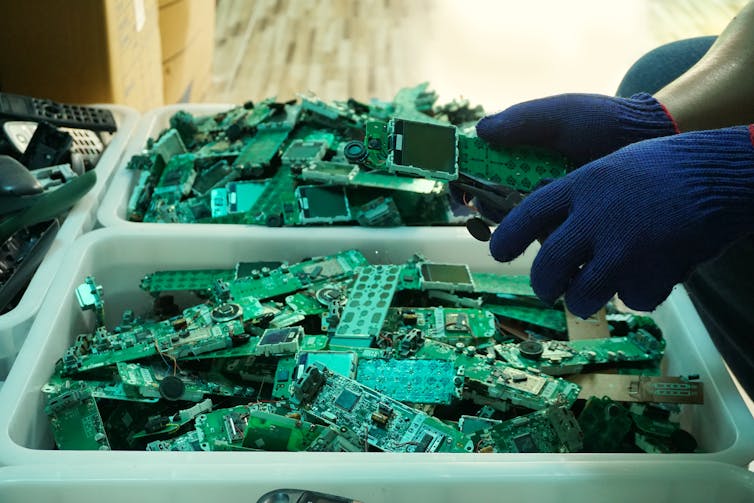
![]()



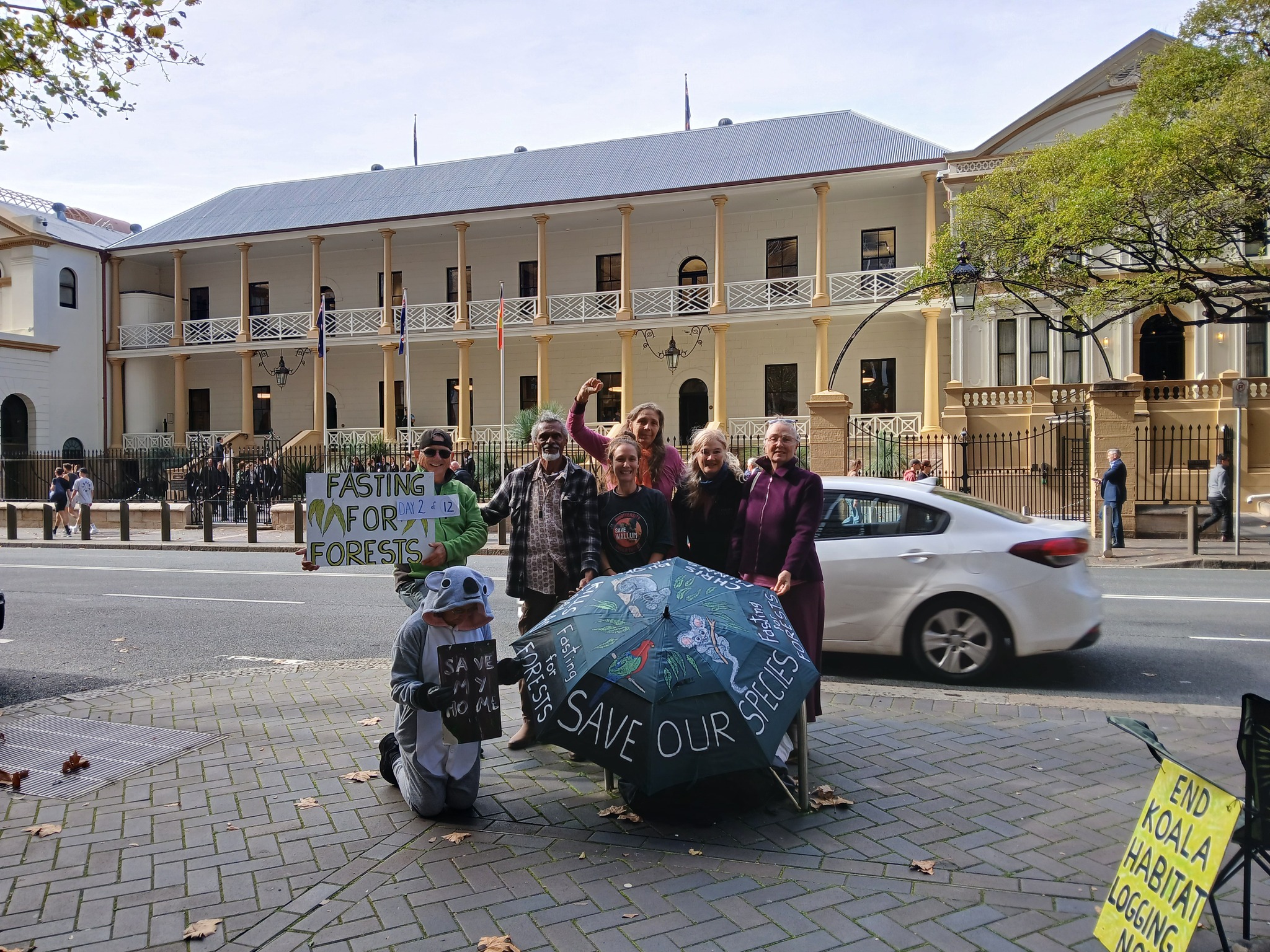
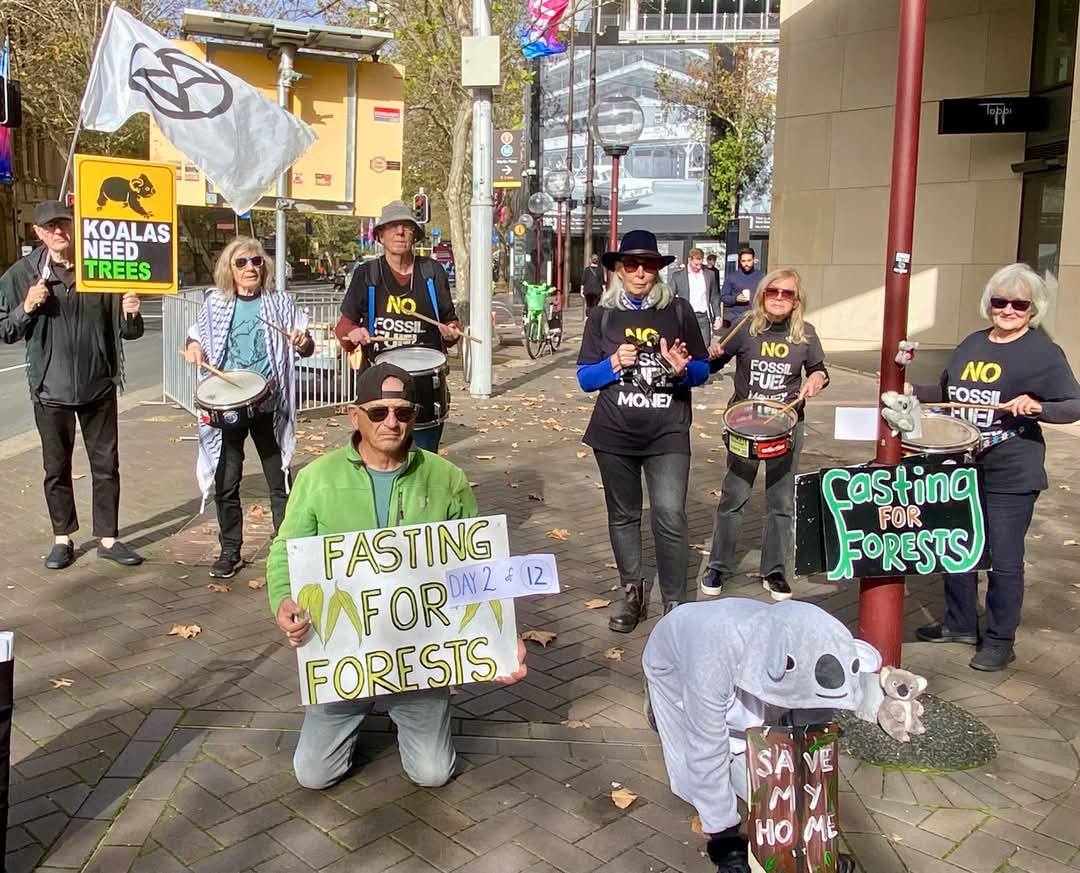
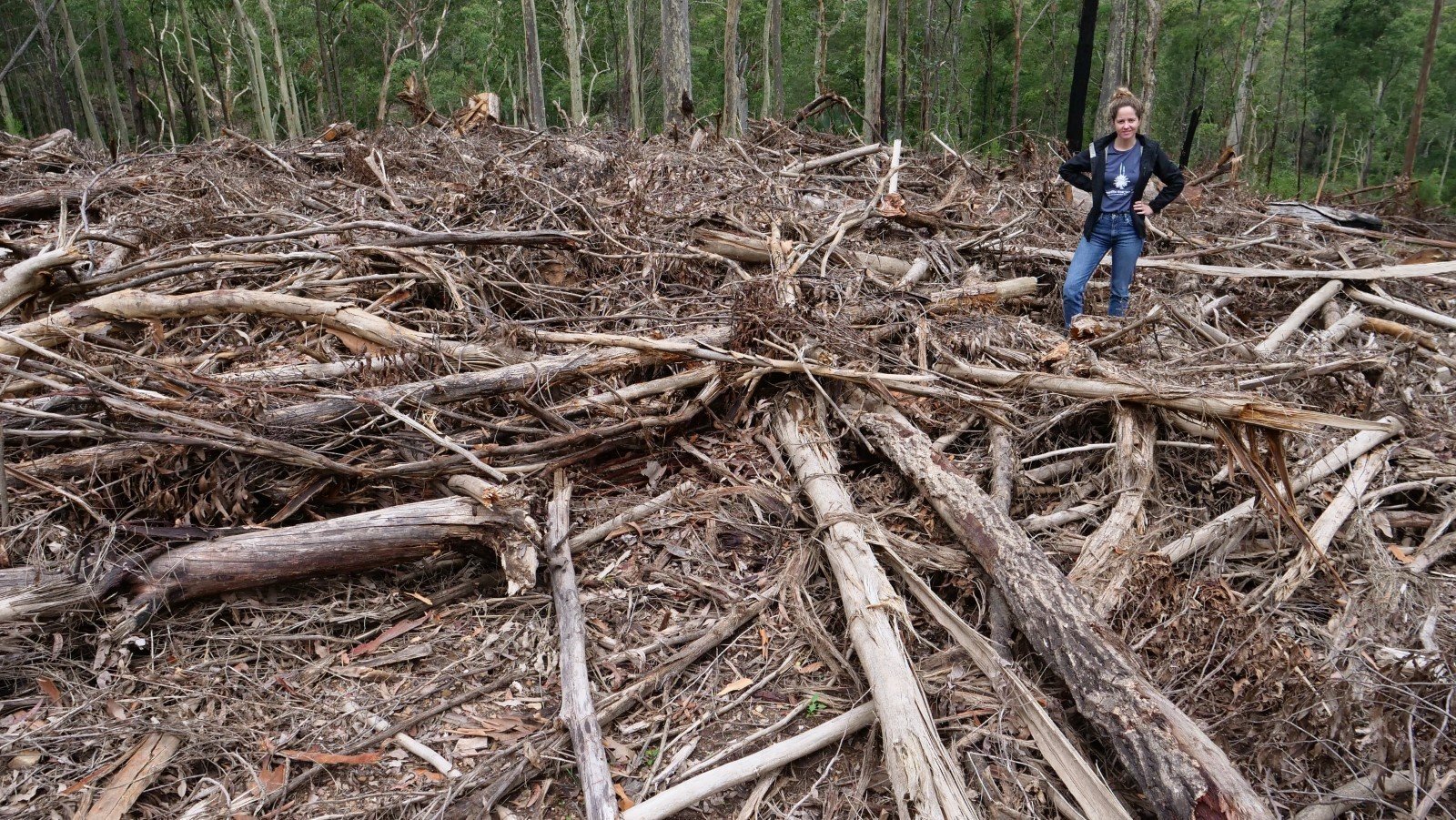

.jpg?timestamp=1750909190635)
.jpg?timestamp=1750909382014)
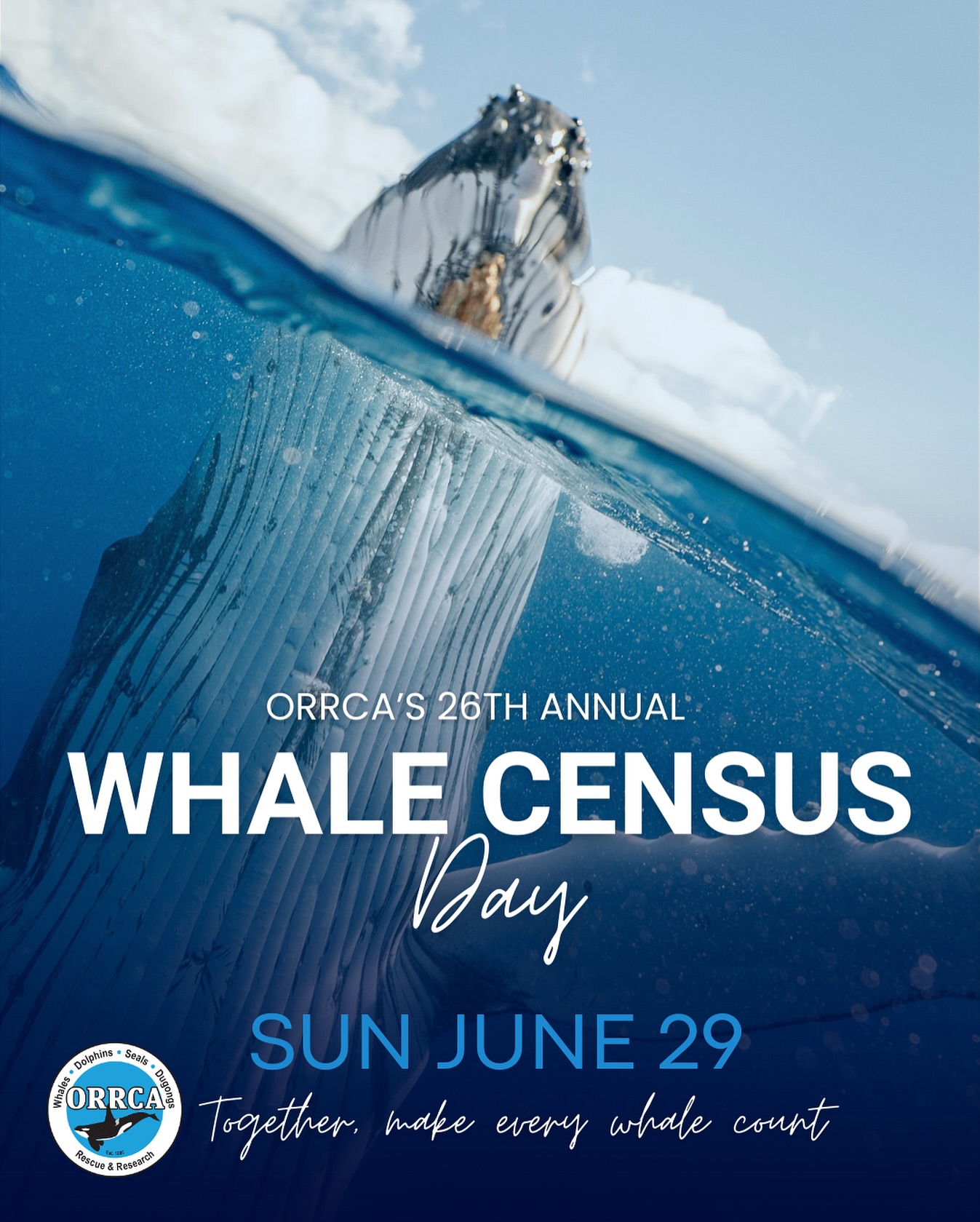
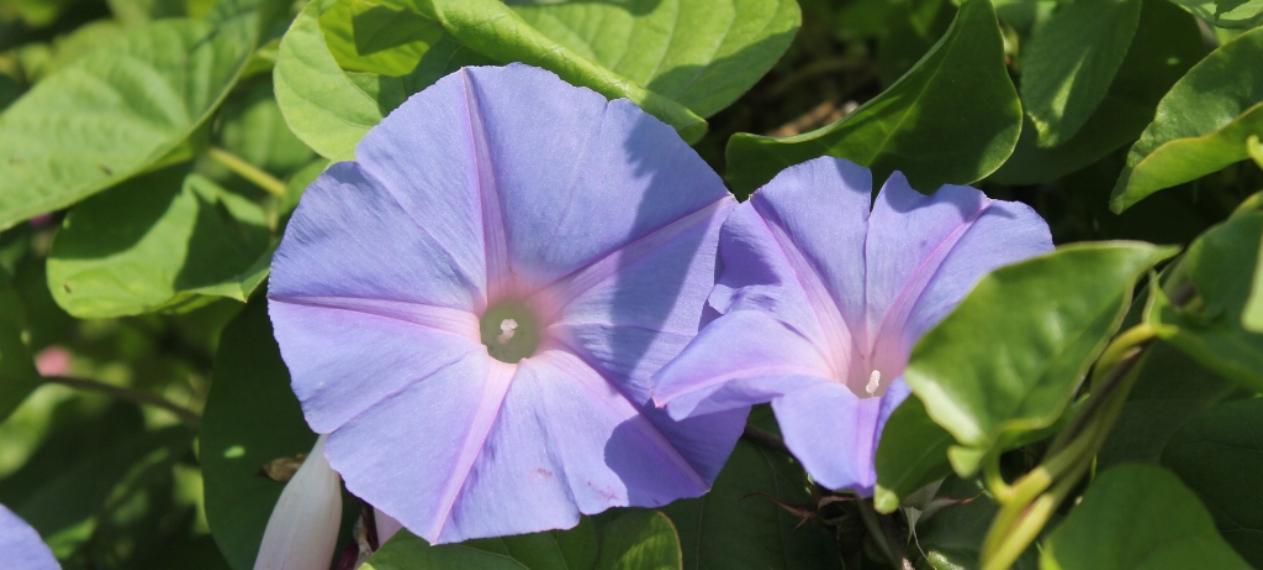
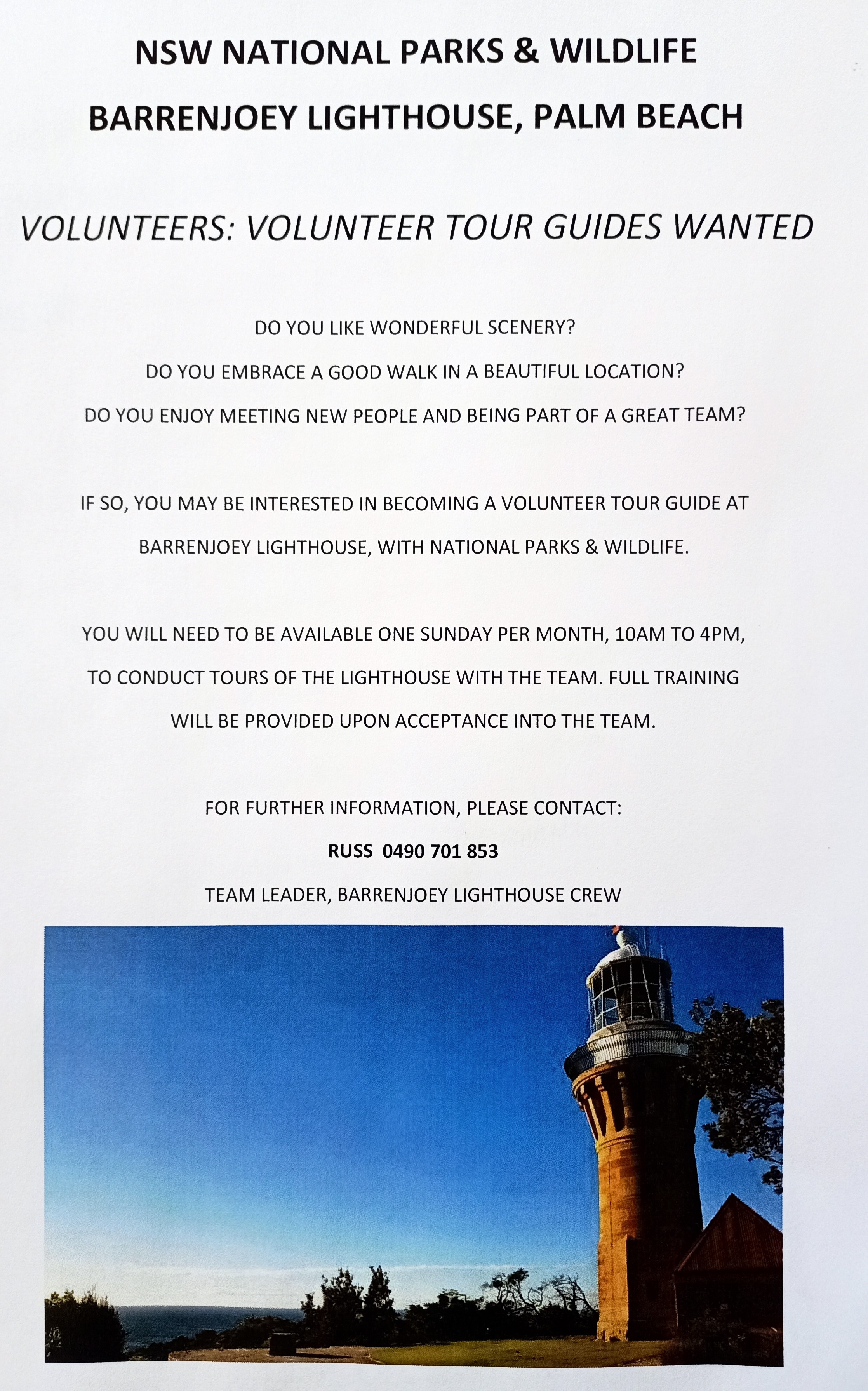


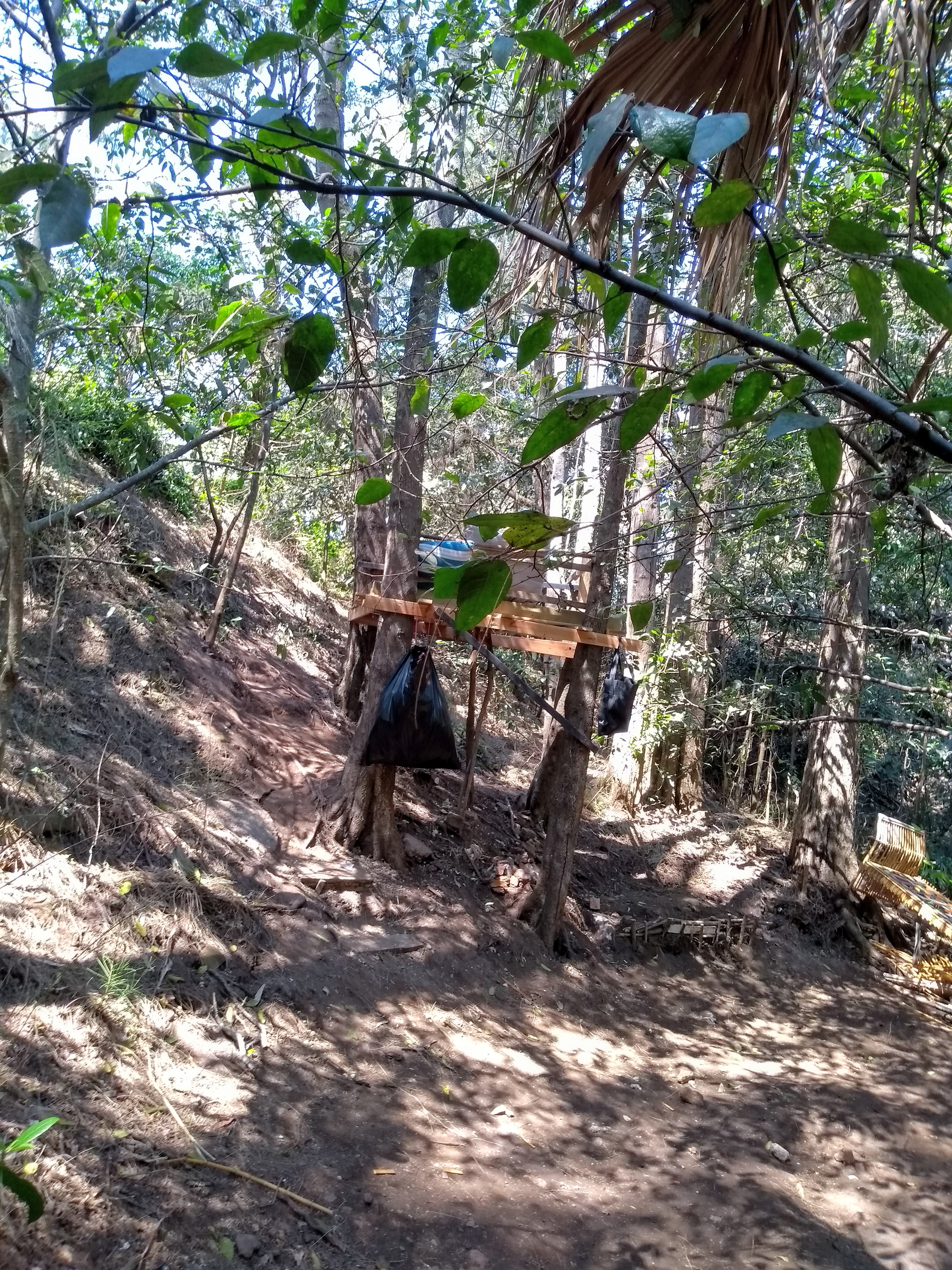
%20(1).jpg?timestamp=1675893929686)
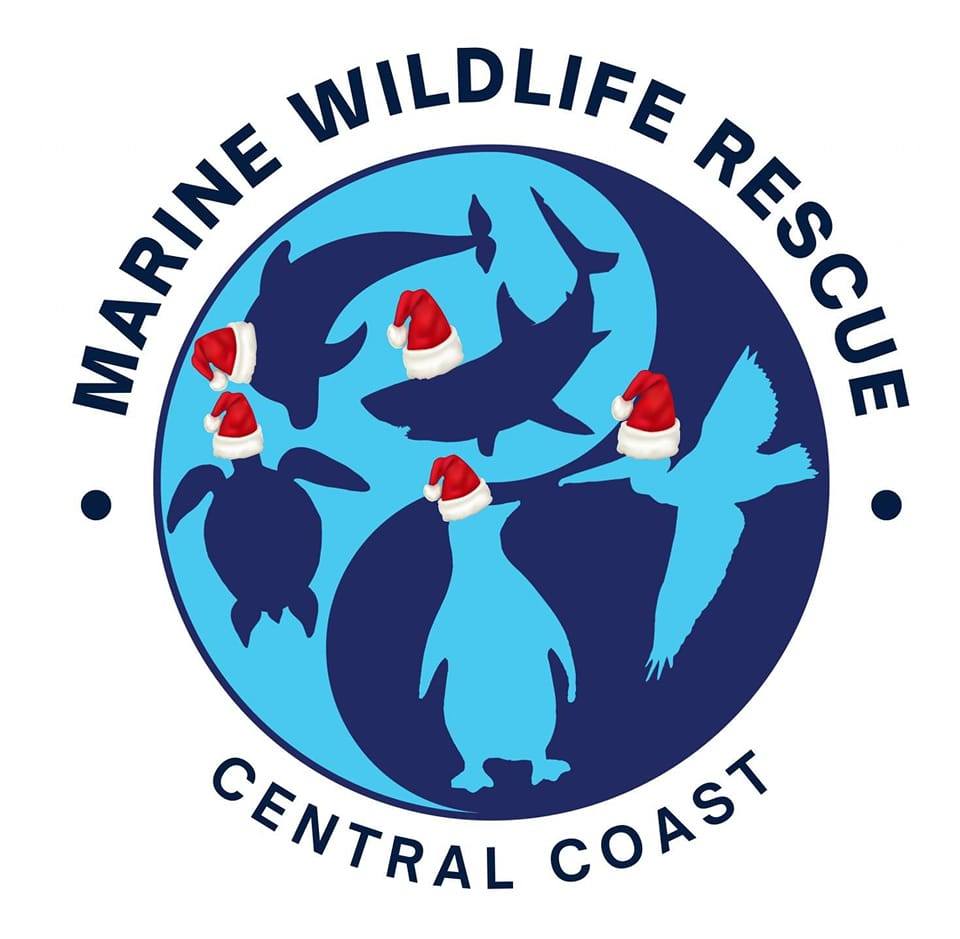
.JPG.opt1460x973o0,0s1460x973.jpg?timestamp=1663629195339)
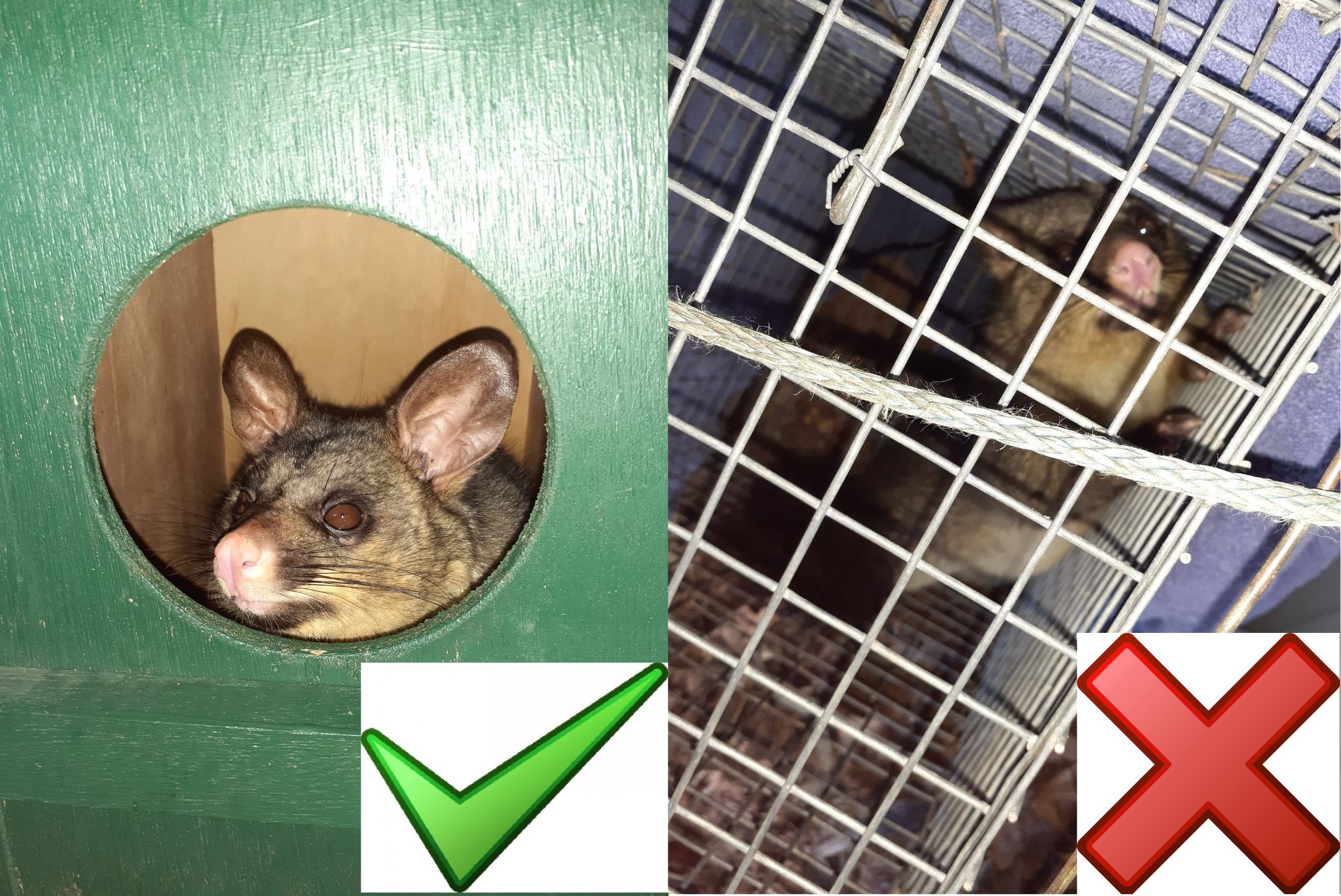

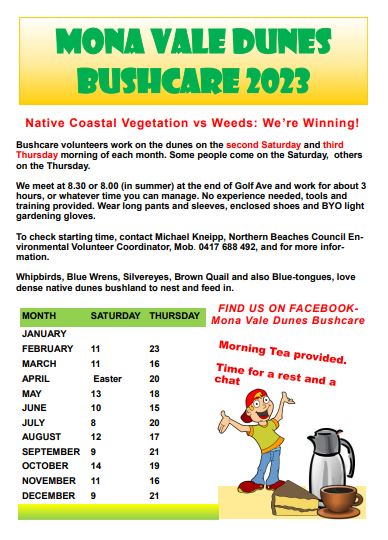




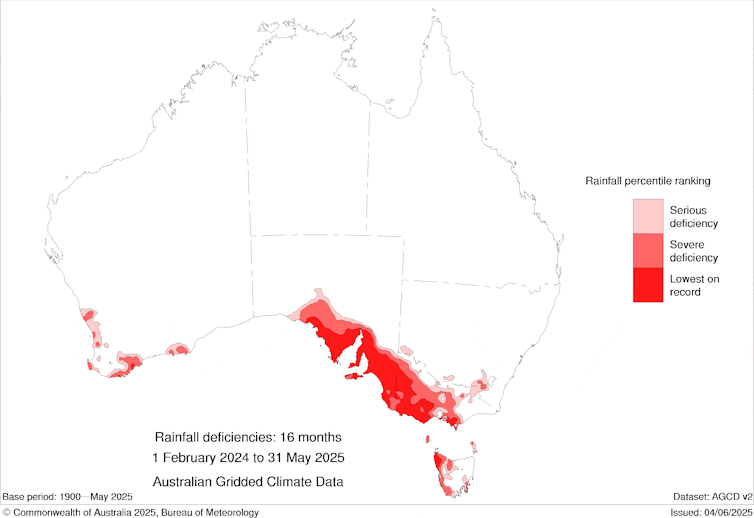
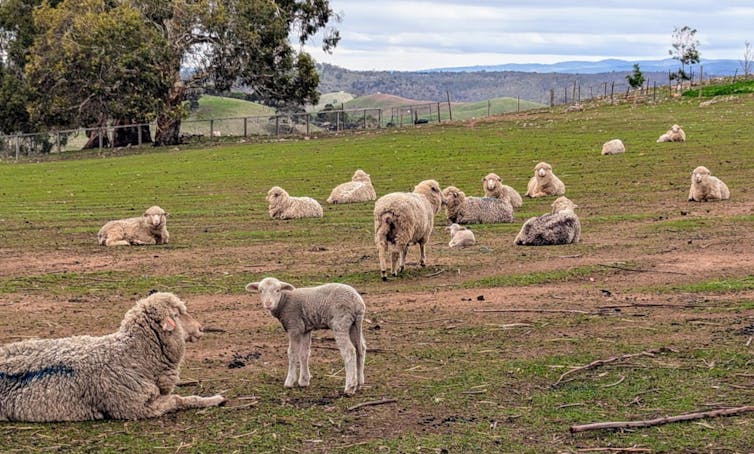
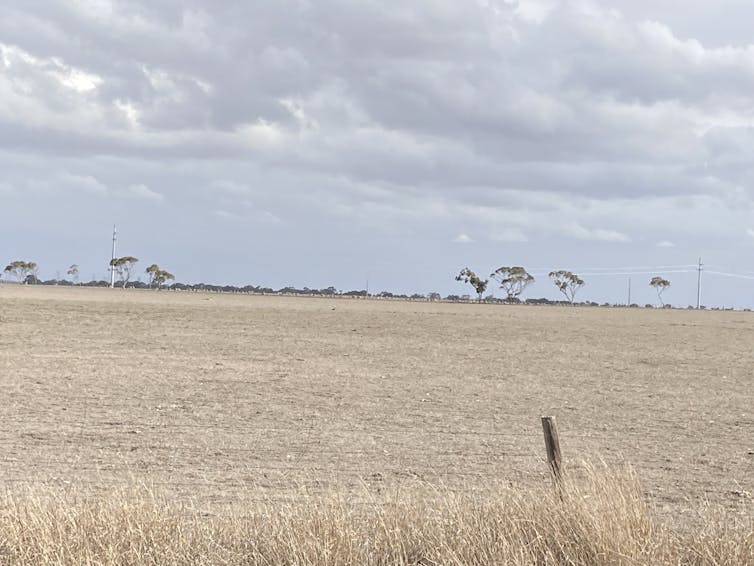

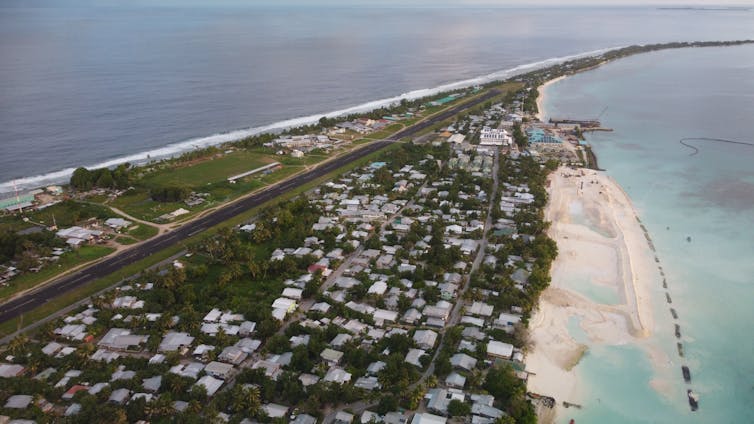


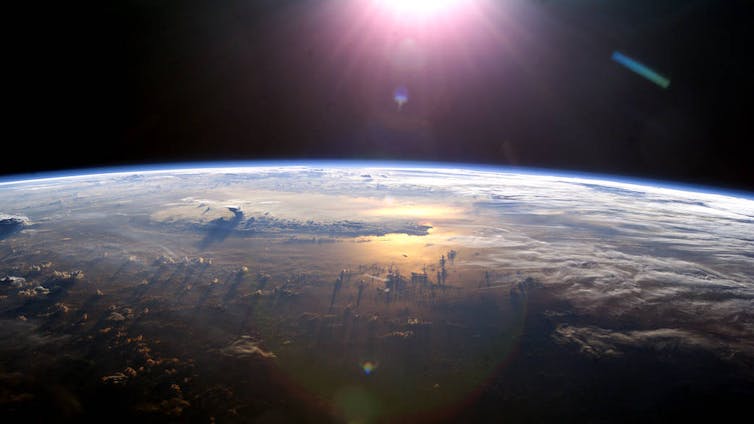
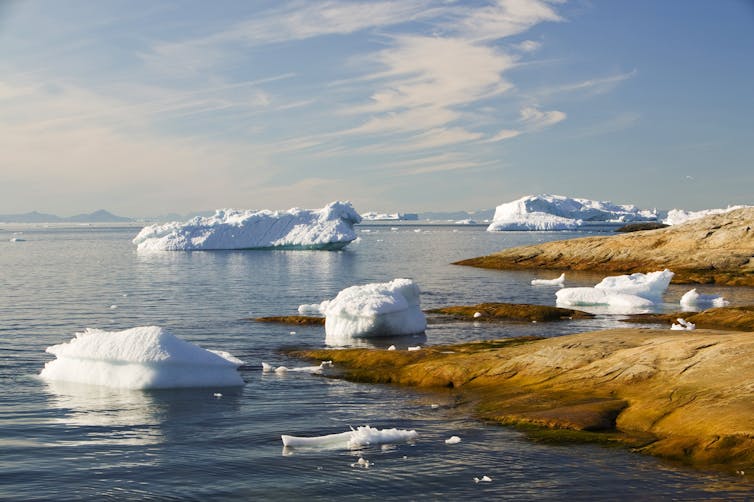






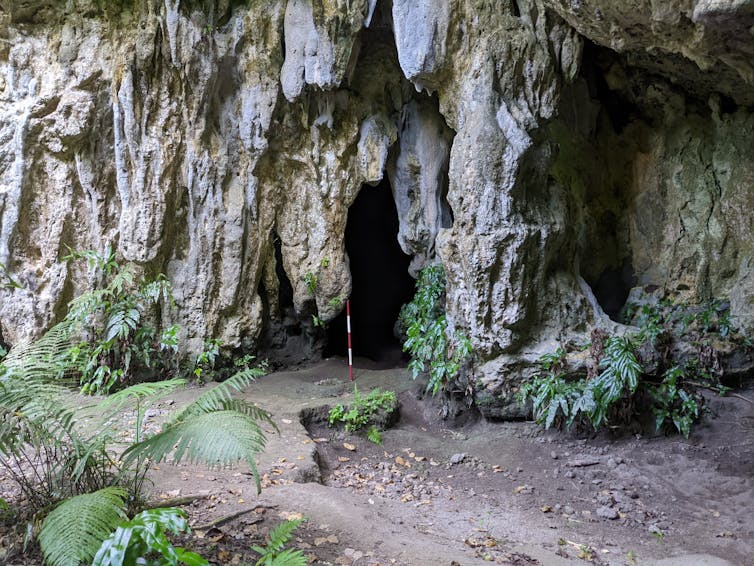
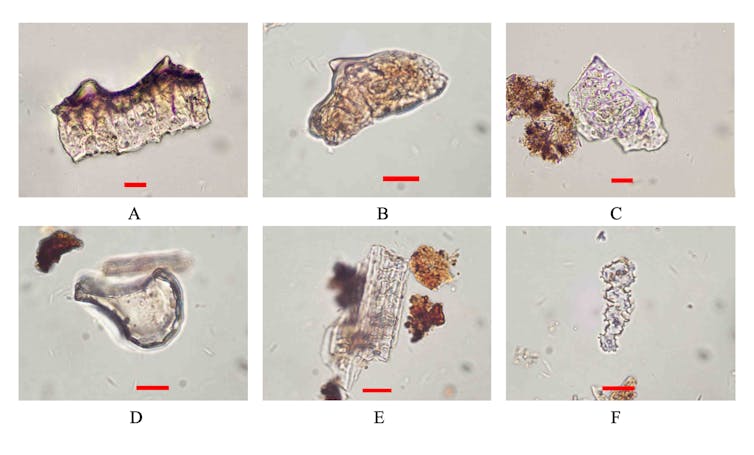





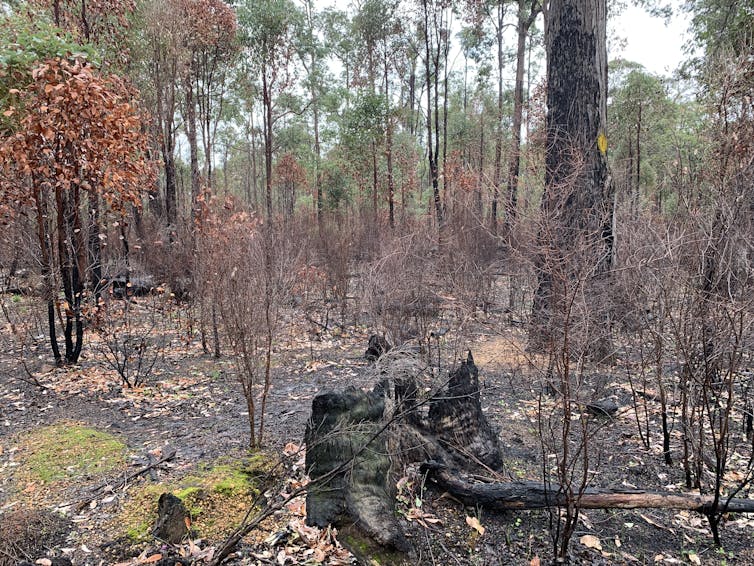




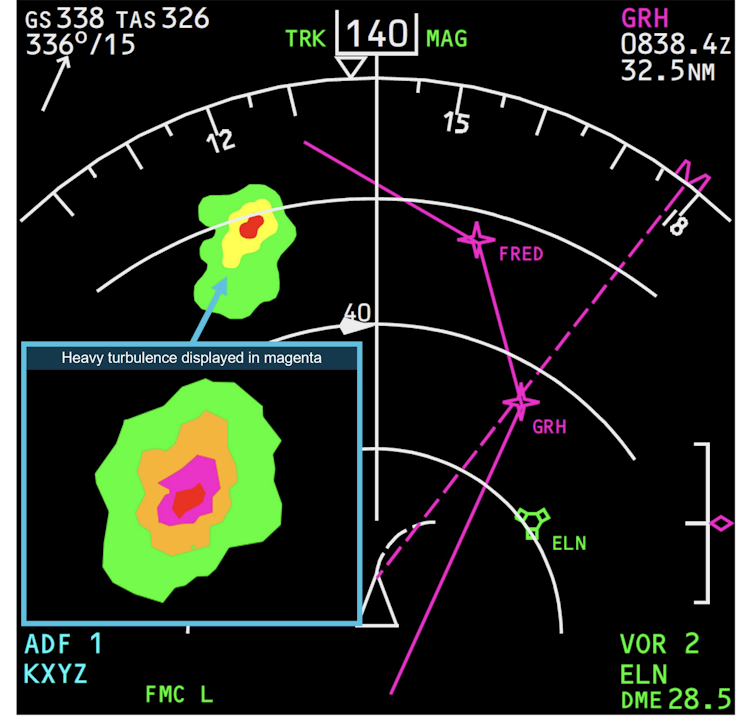
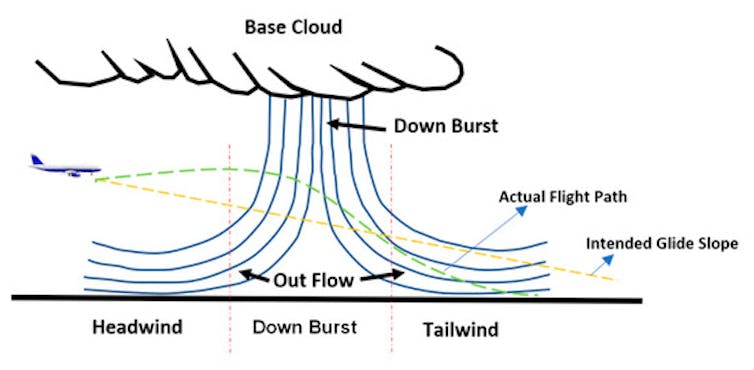

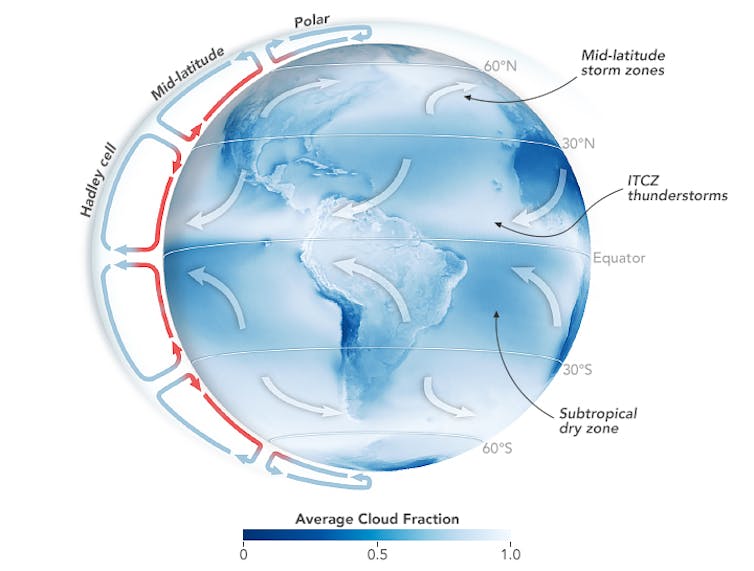
 By combining sludge – a by-product of the drinking water purification process – and blast-furnace slag, University of South Australia (UniSA) engineers have demonstrated that a new, corrosive-resistant material is more than 50% stronger than cement and resistant to acid-induced degradation.
By combining sludge – a by-product of the drinking water purification process – and blast-furnace slag, University of South Australia (UniSA) engineers have demonstrated that a new, corrosive-resistant material is more than 50% stronger than cement and resistant to acid-induced degradation.


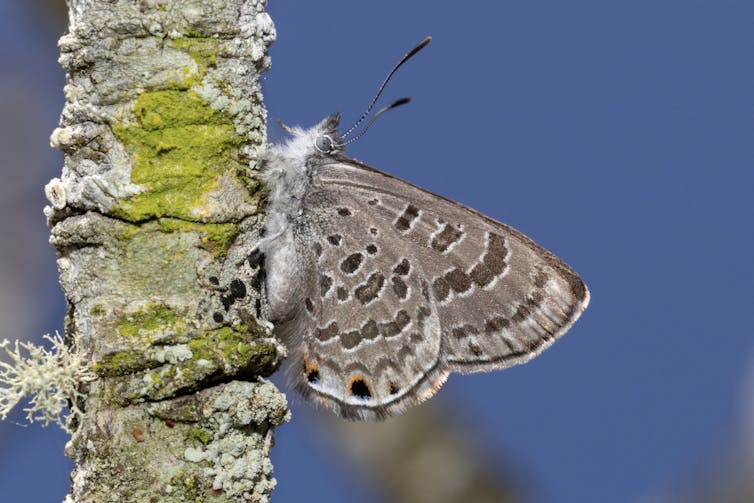



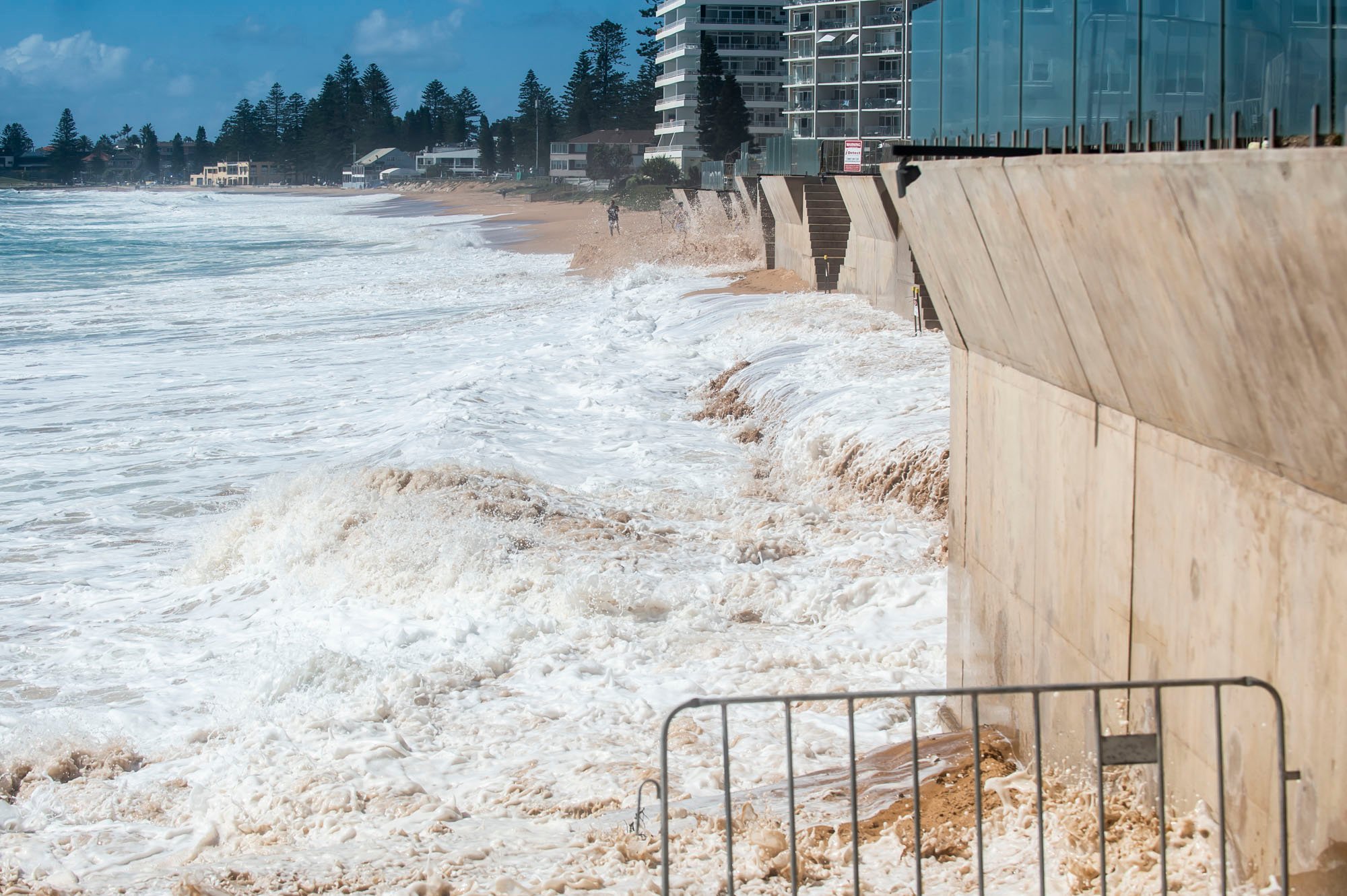





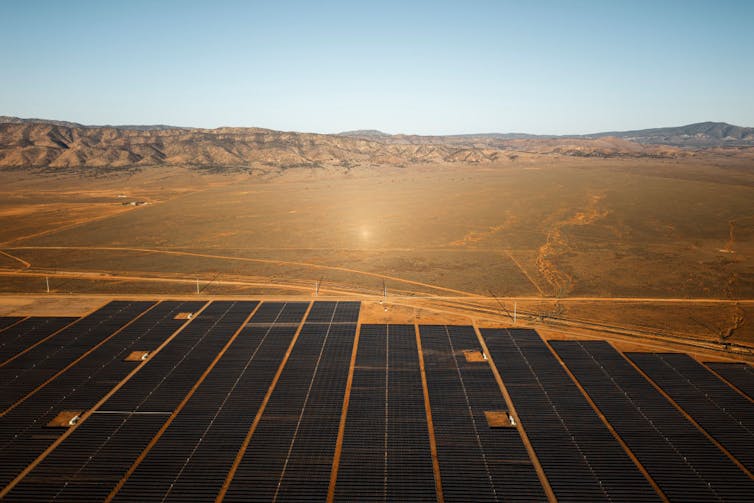
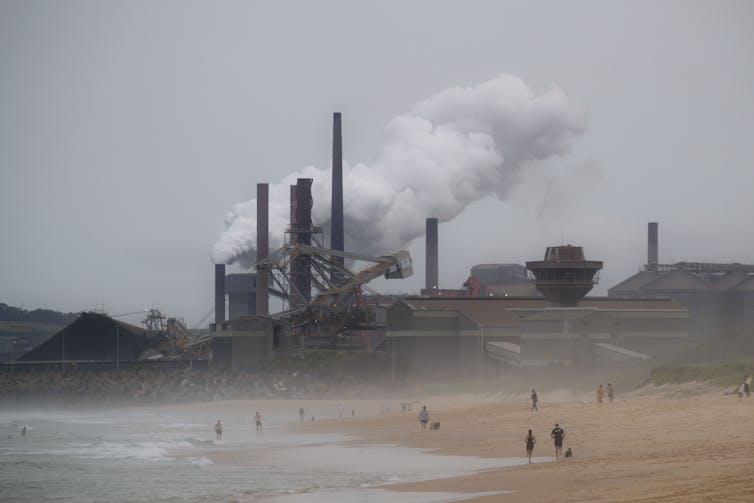
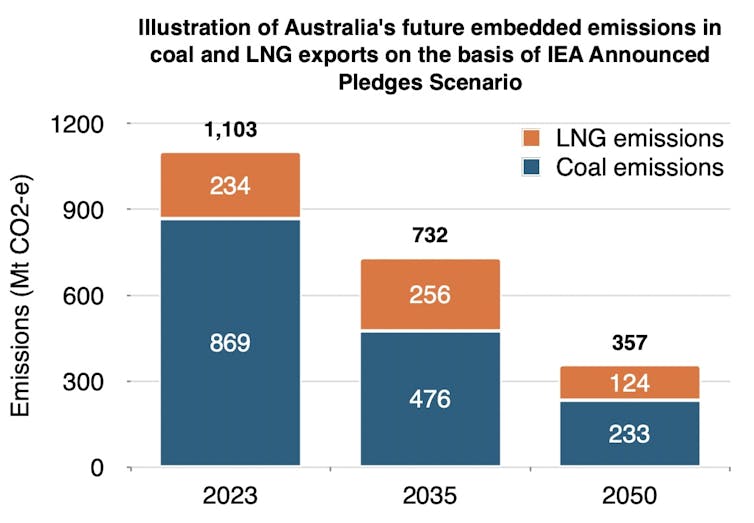


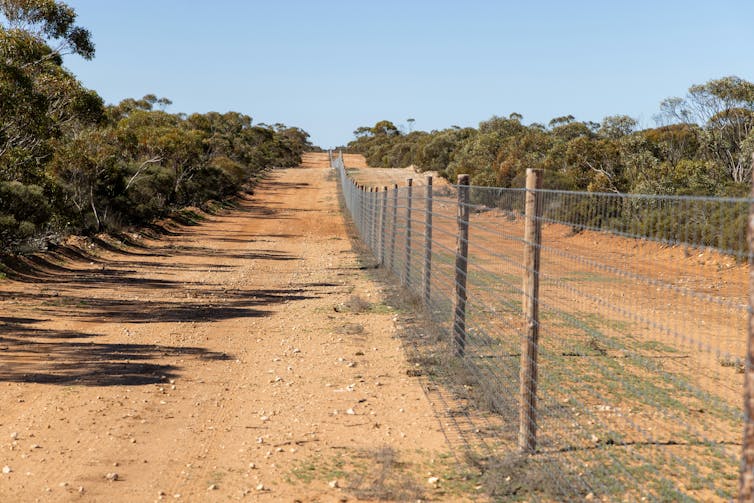
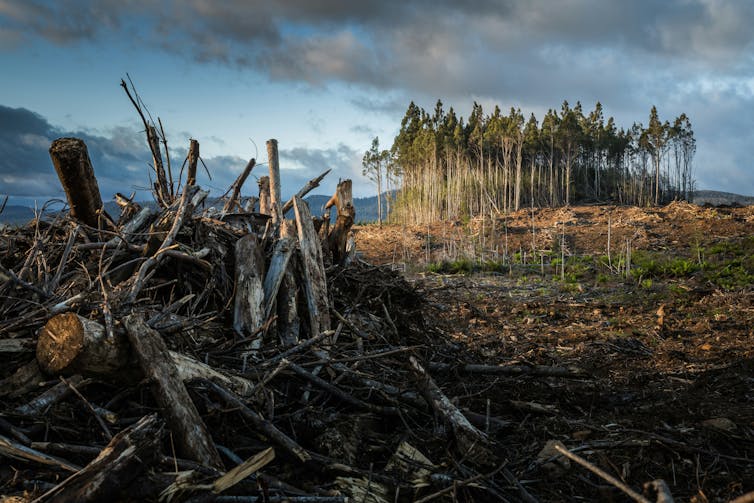


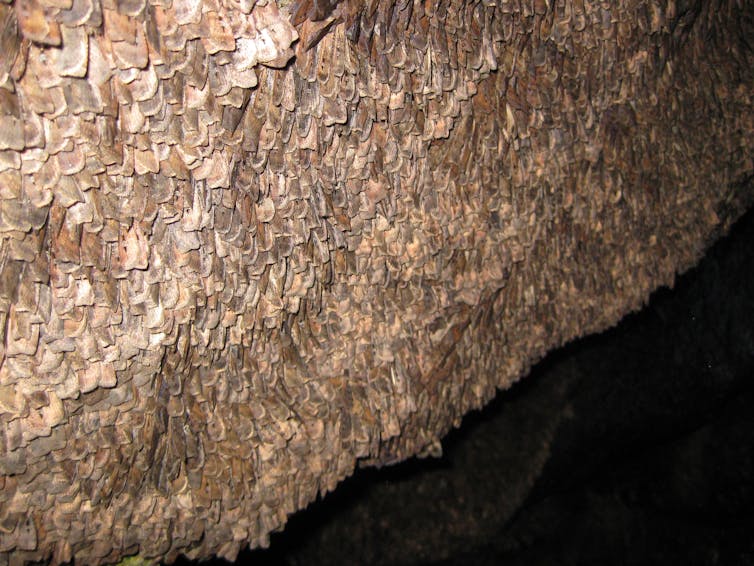







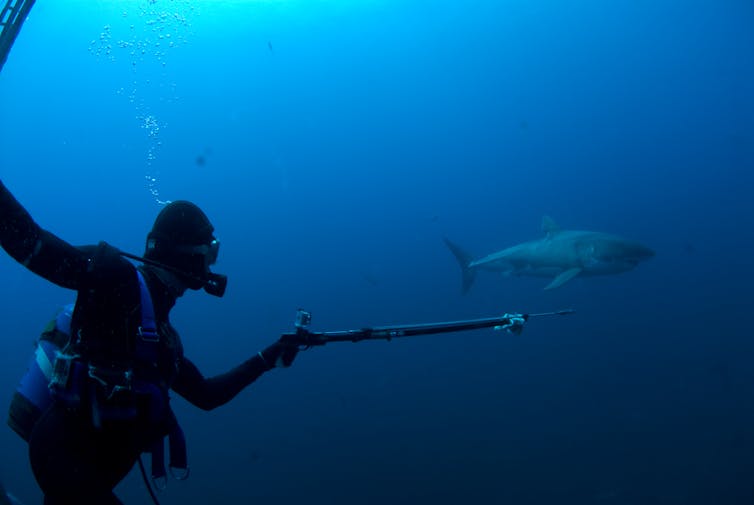







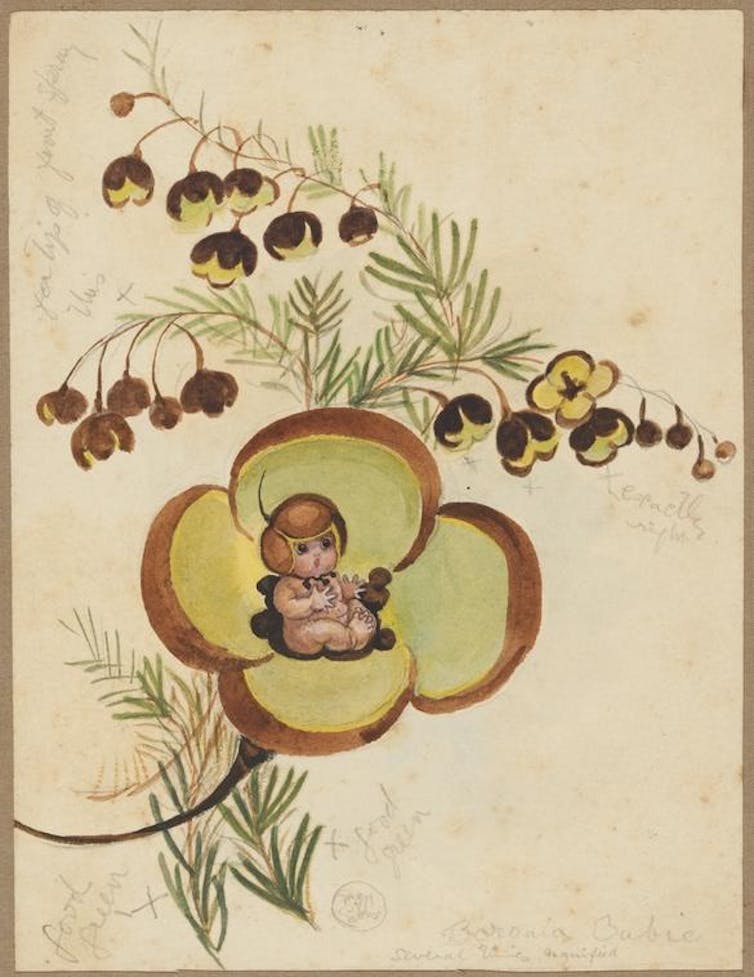
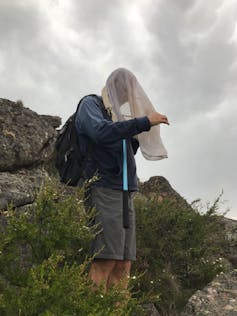
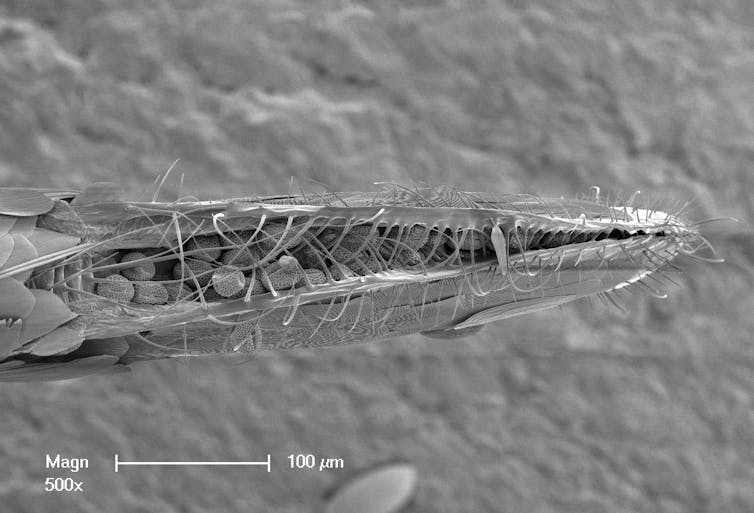



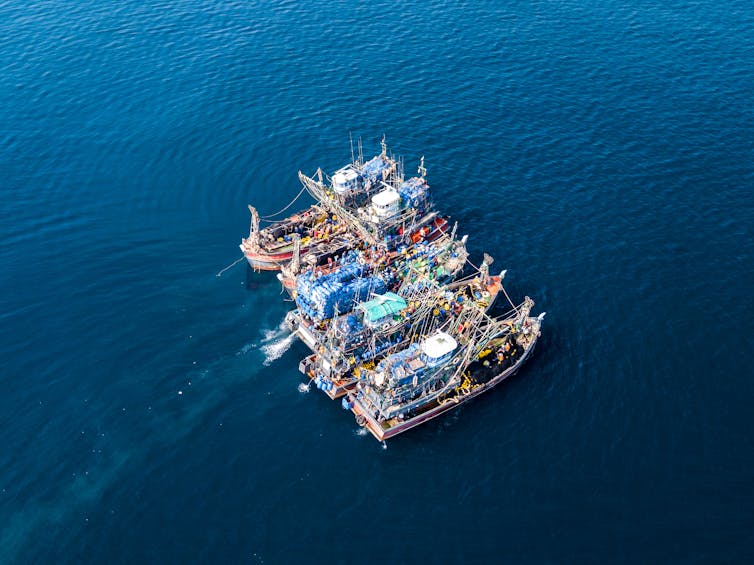

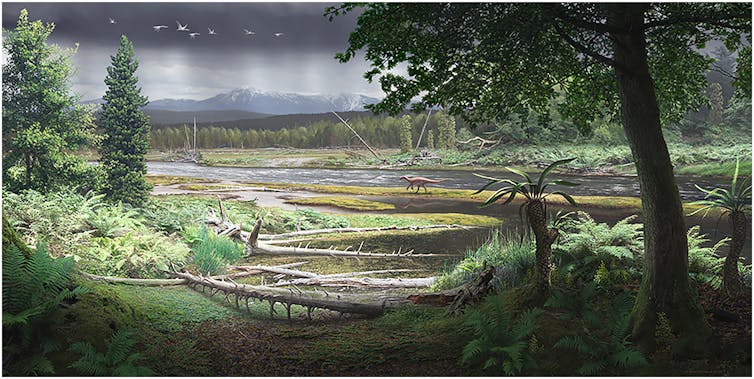
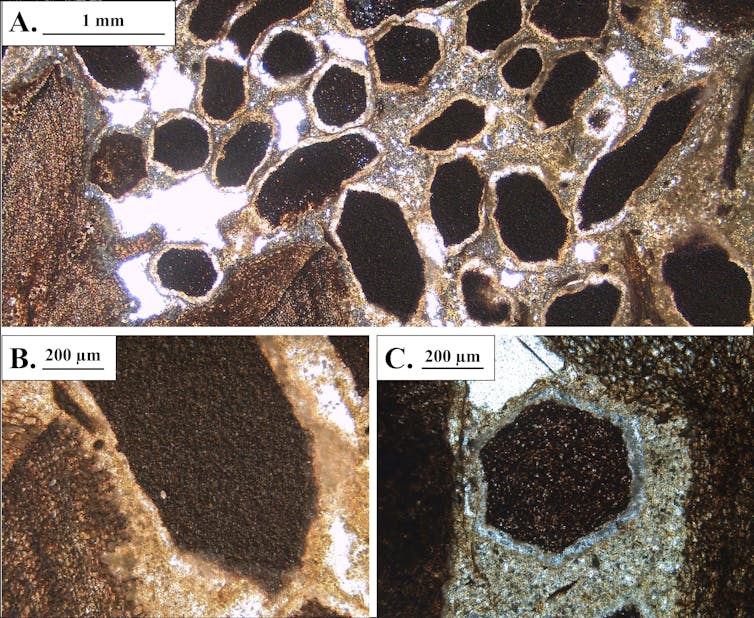



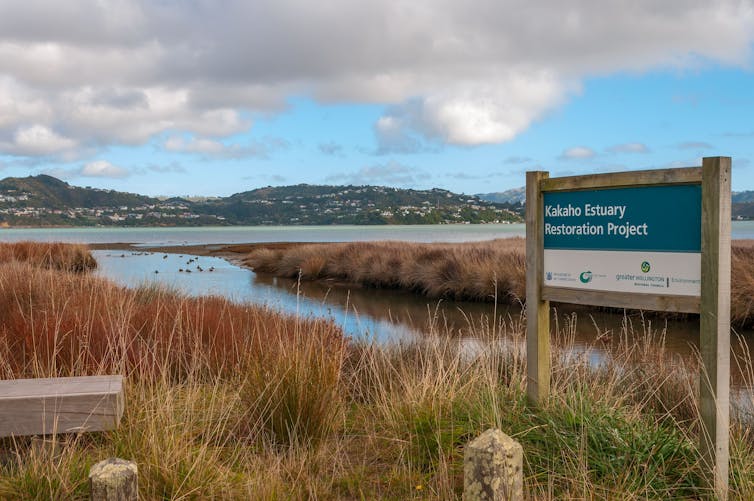


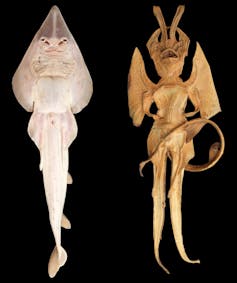
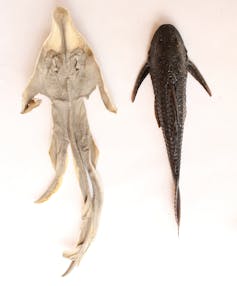

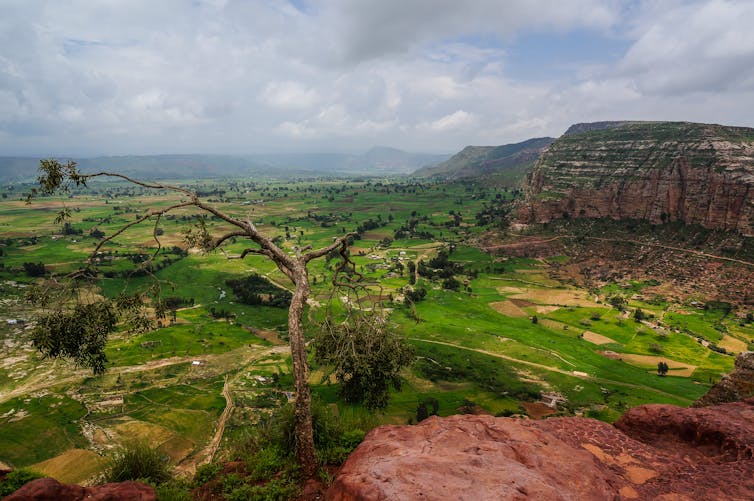





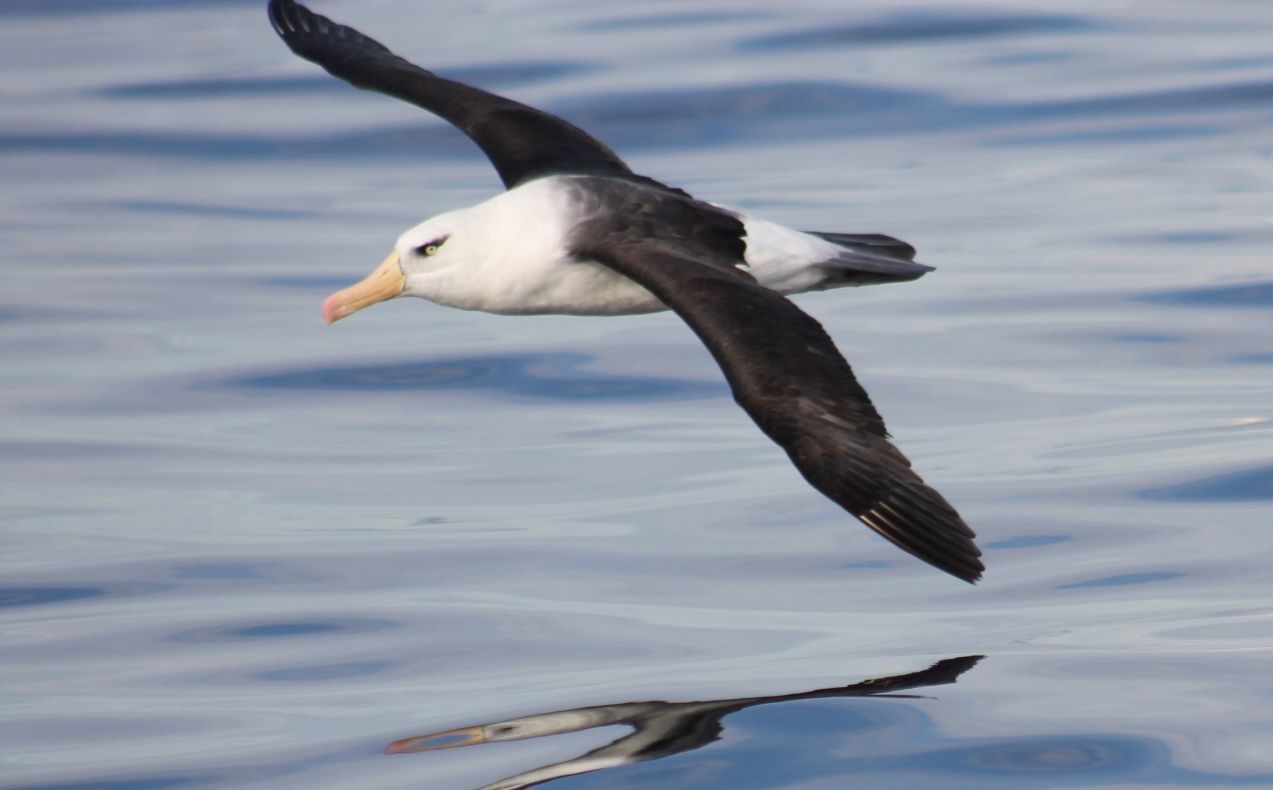
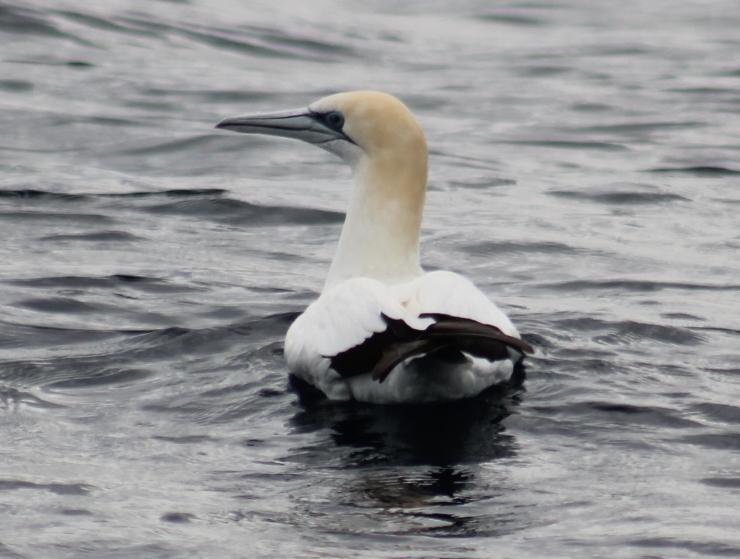
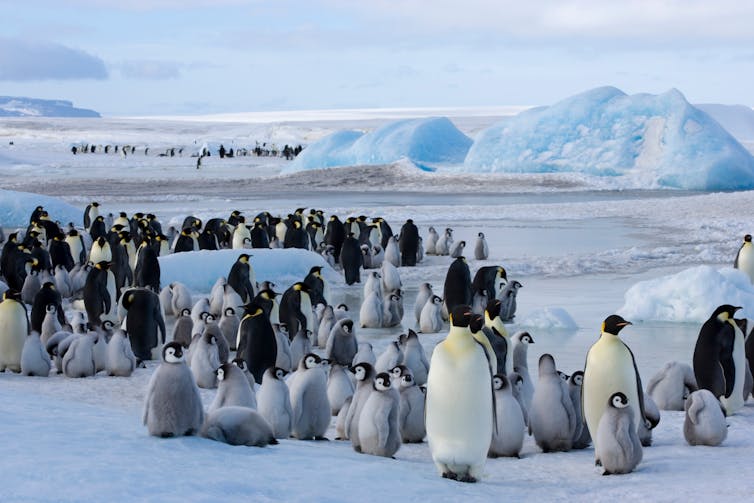

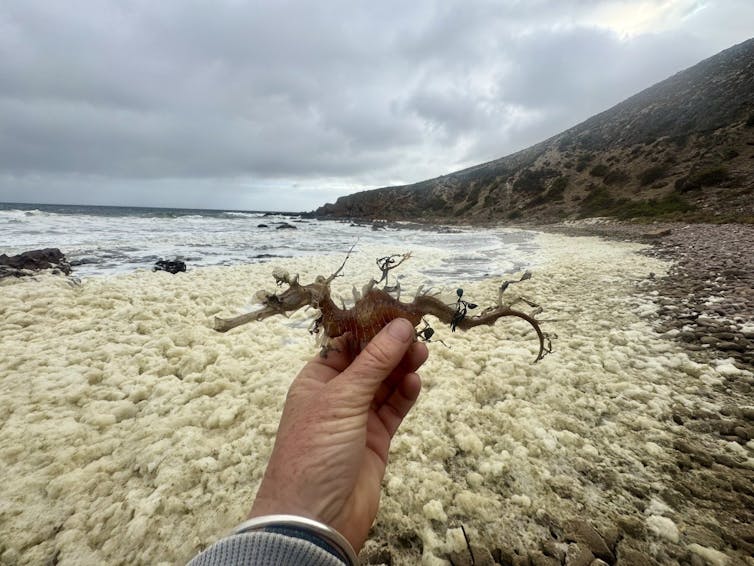





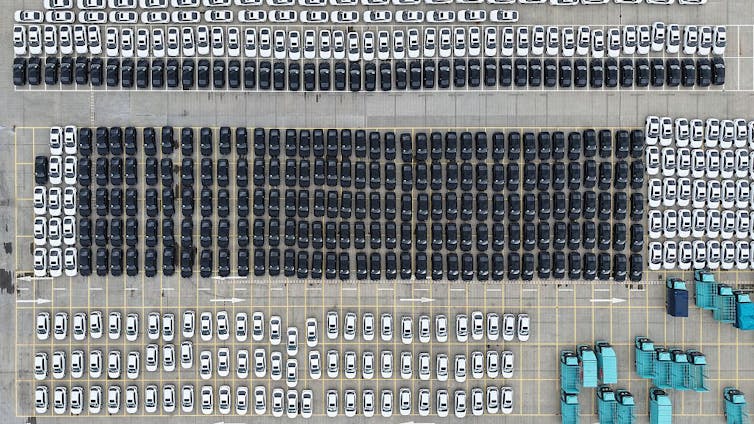




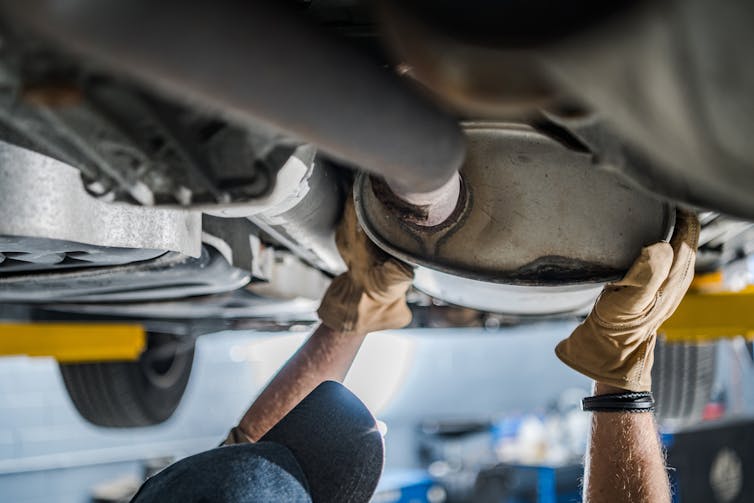






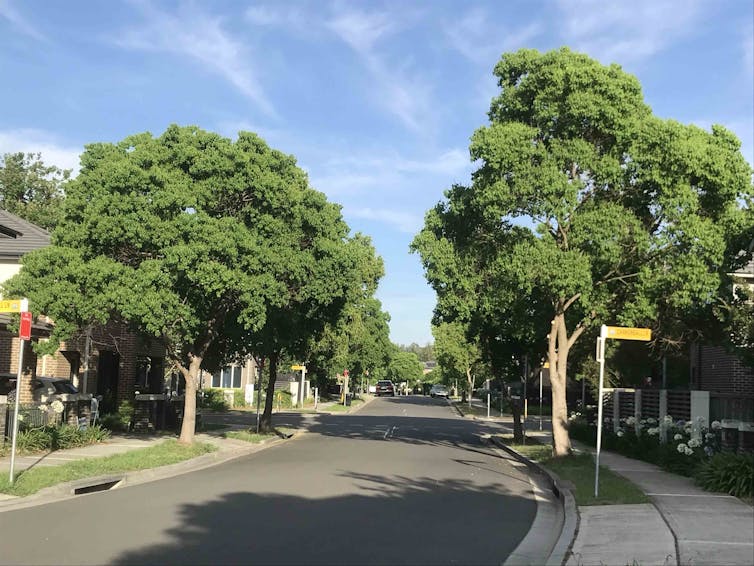
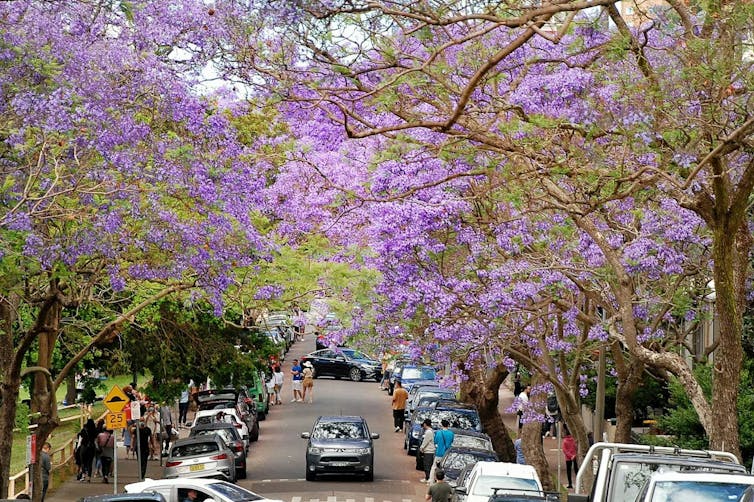


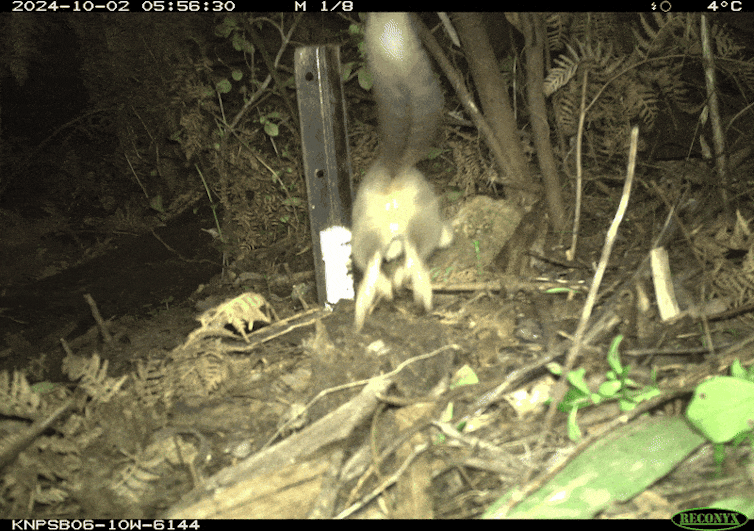


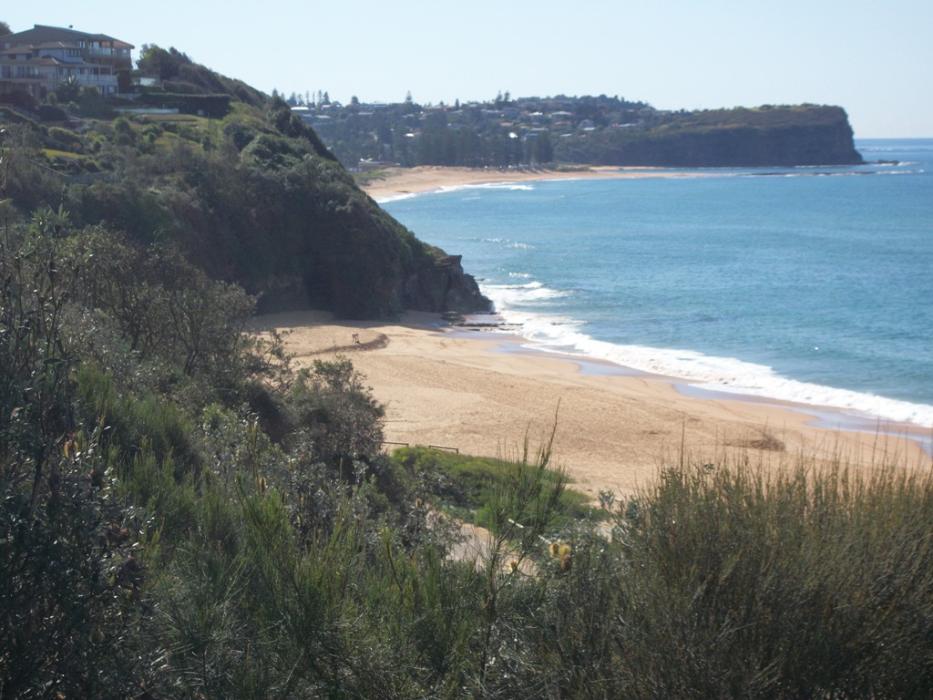
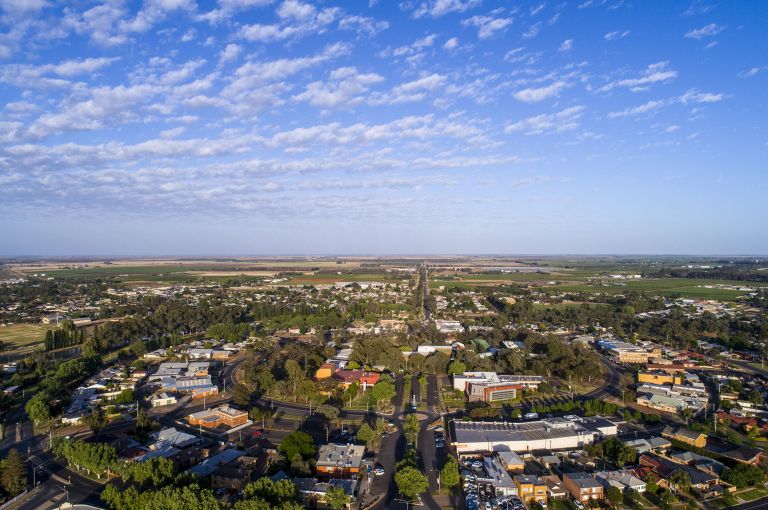
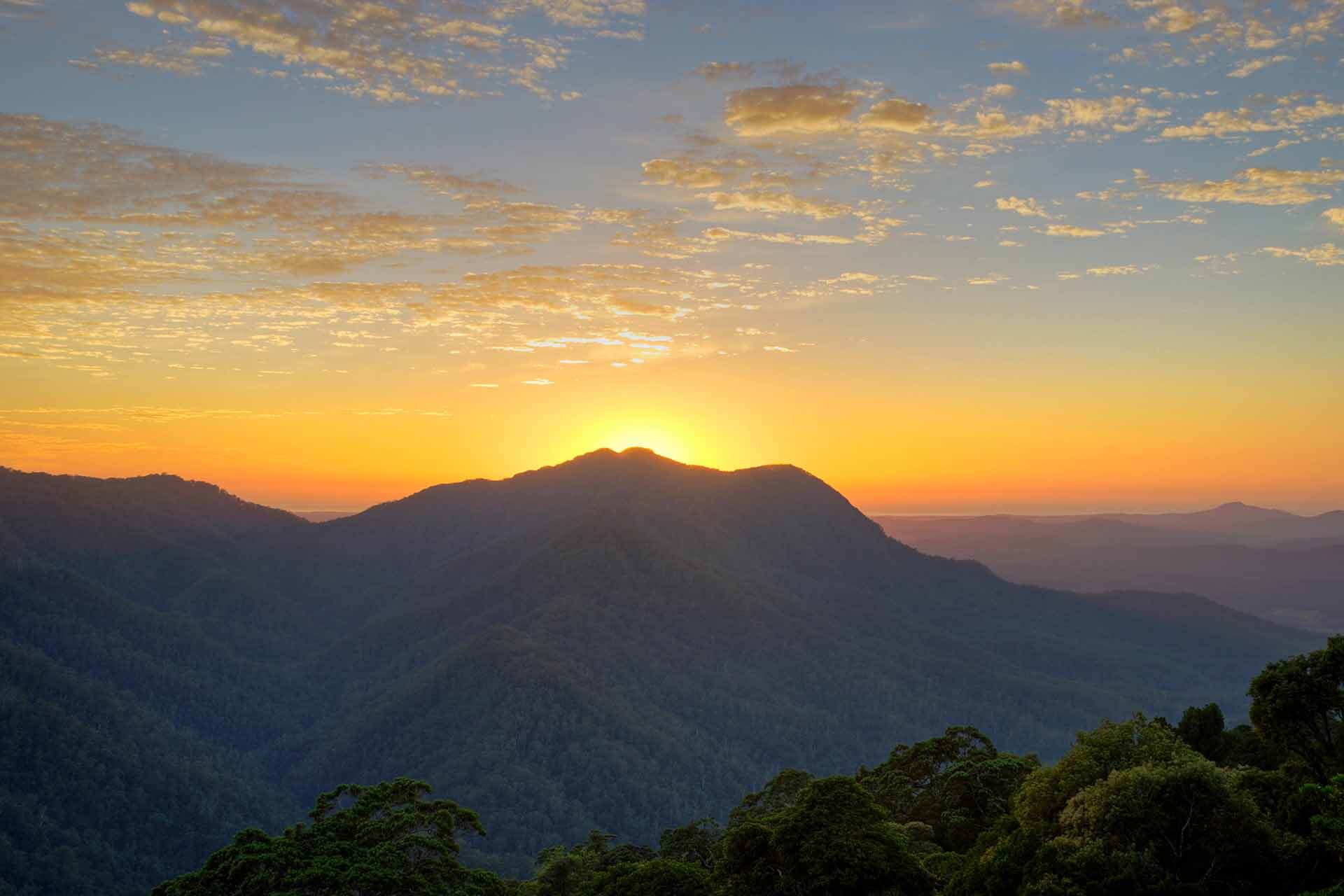




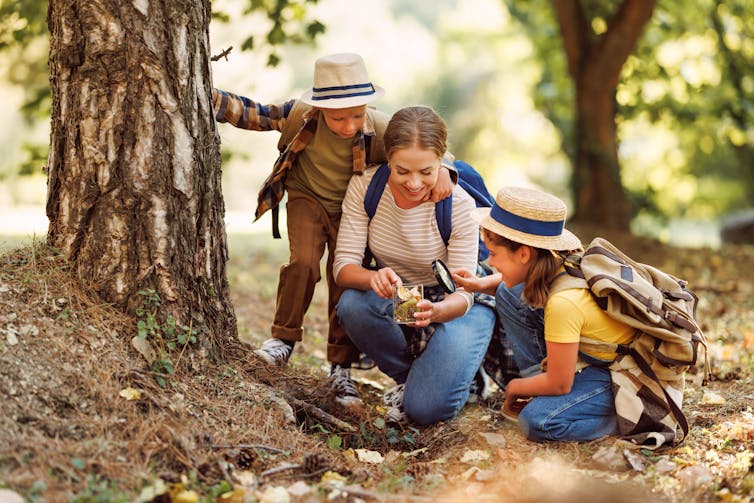


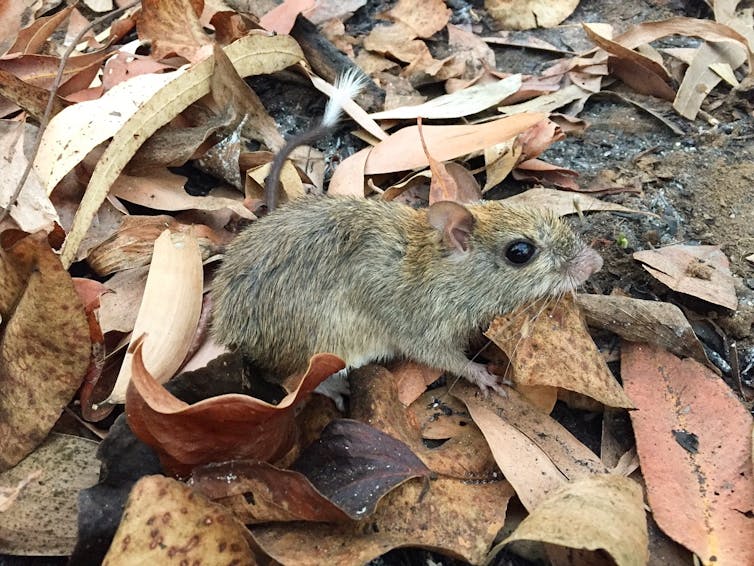
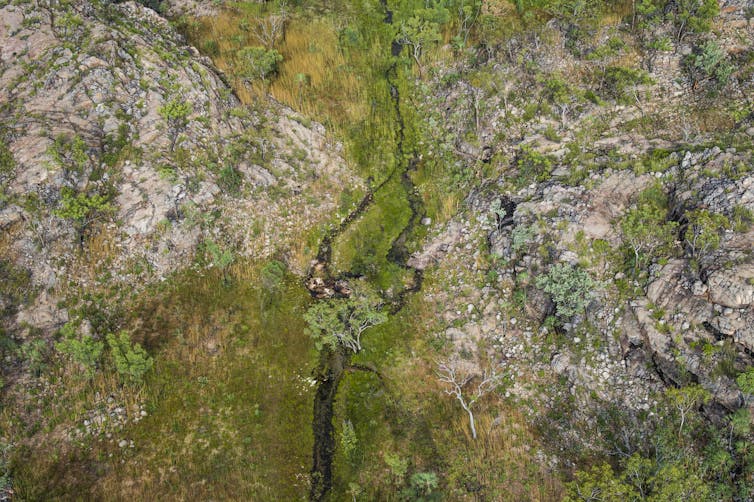



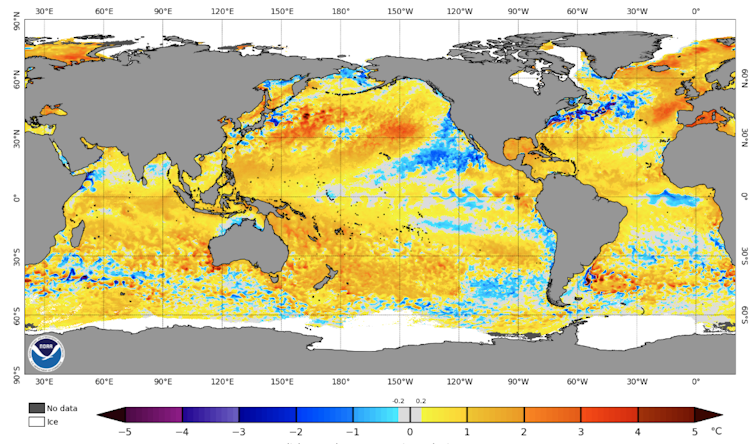


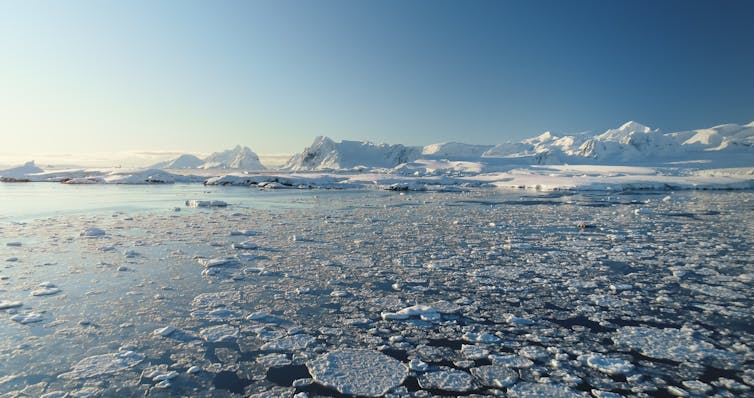

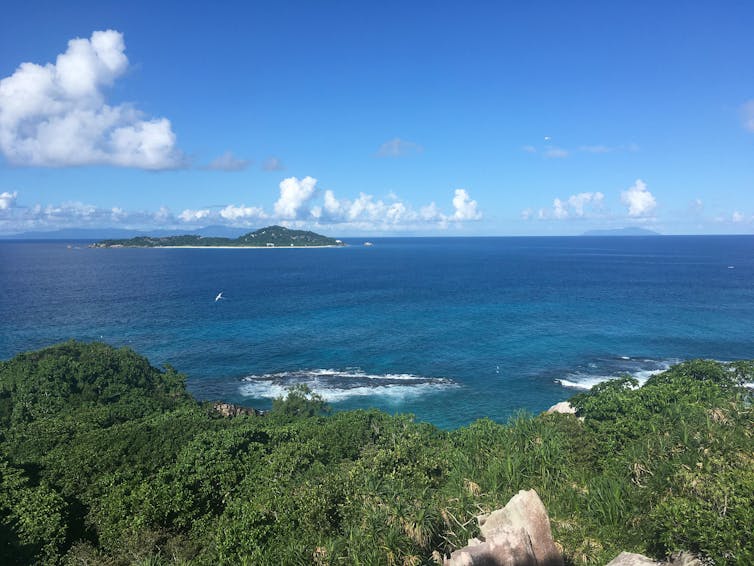




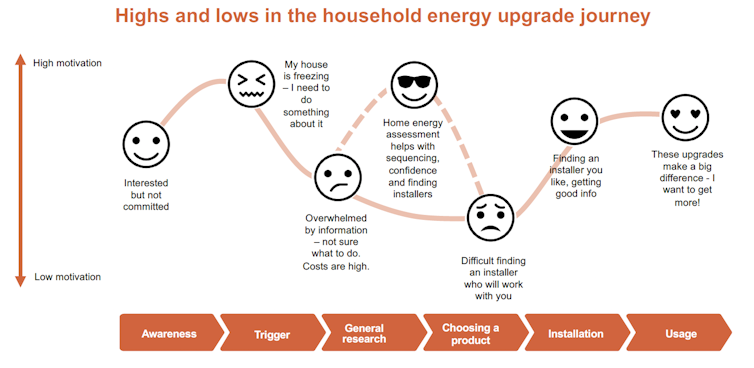
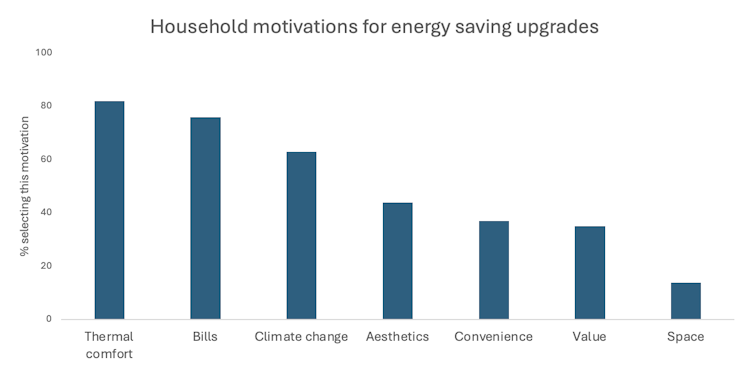
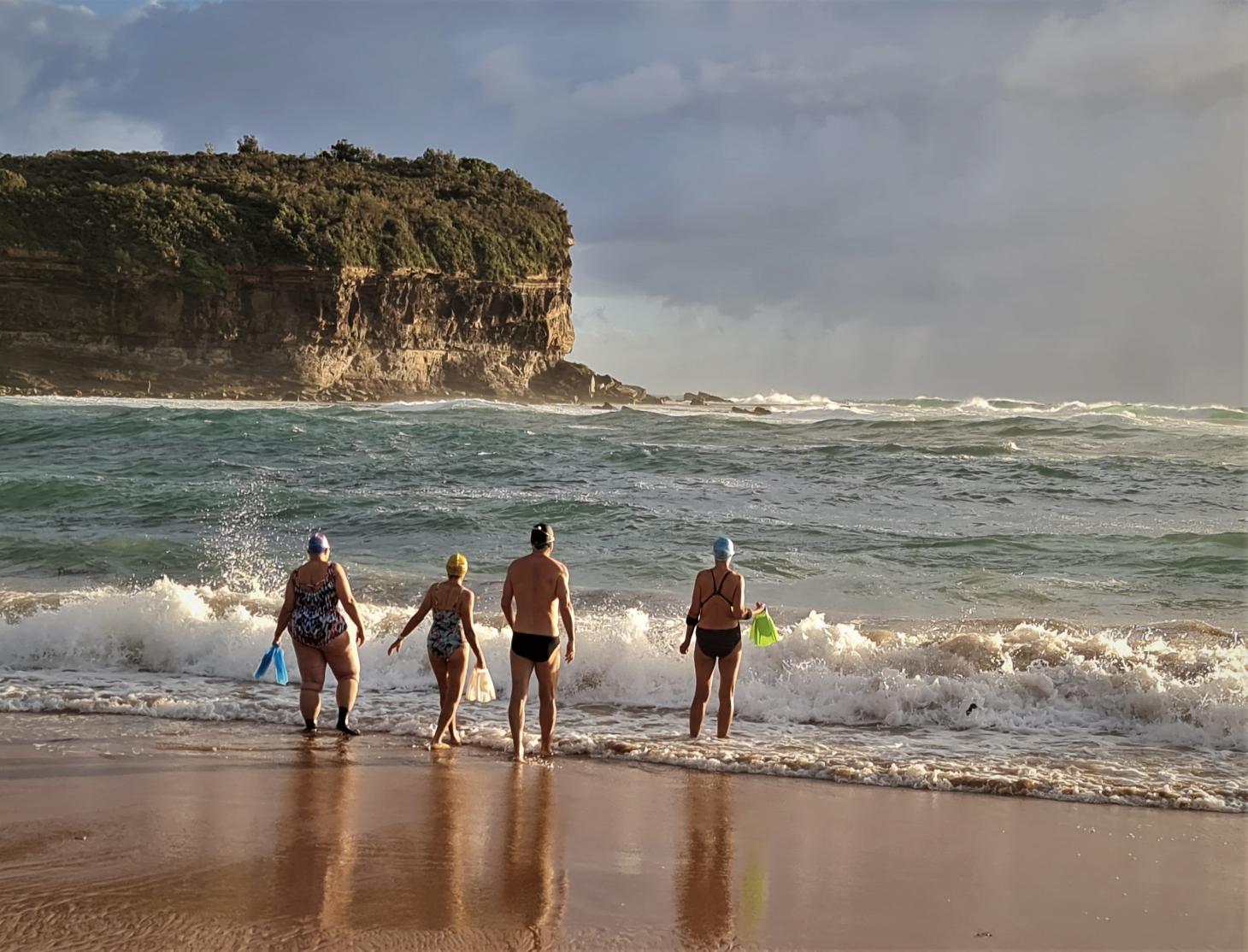
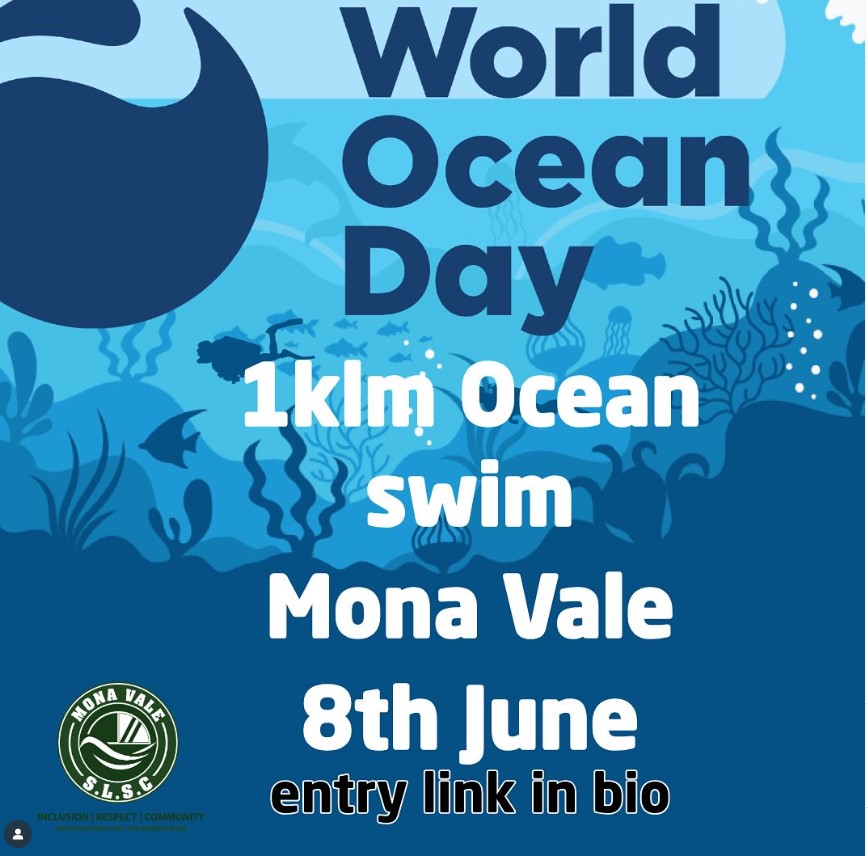

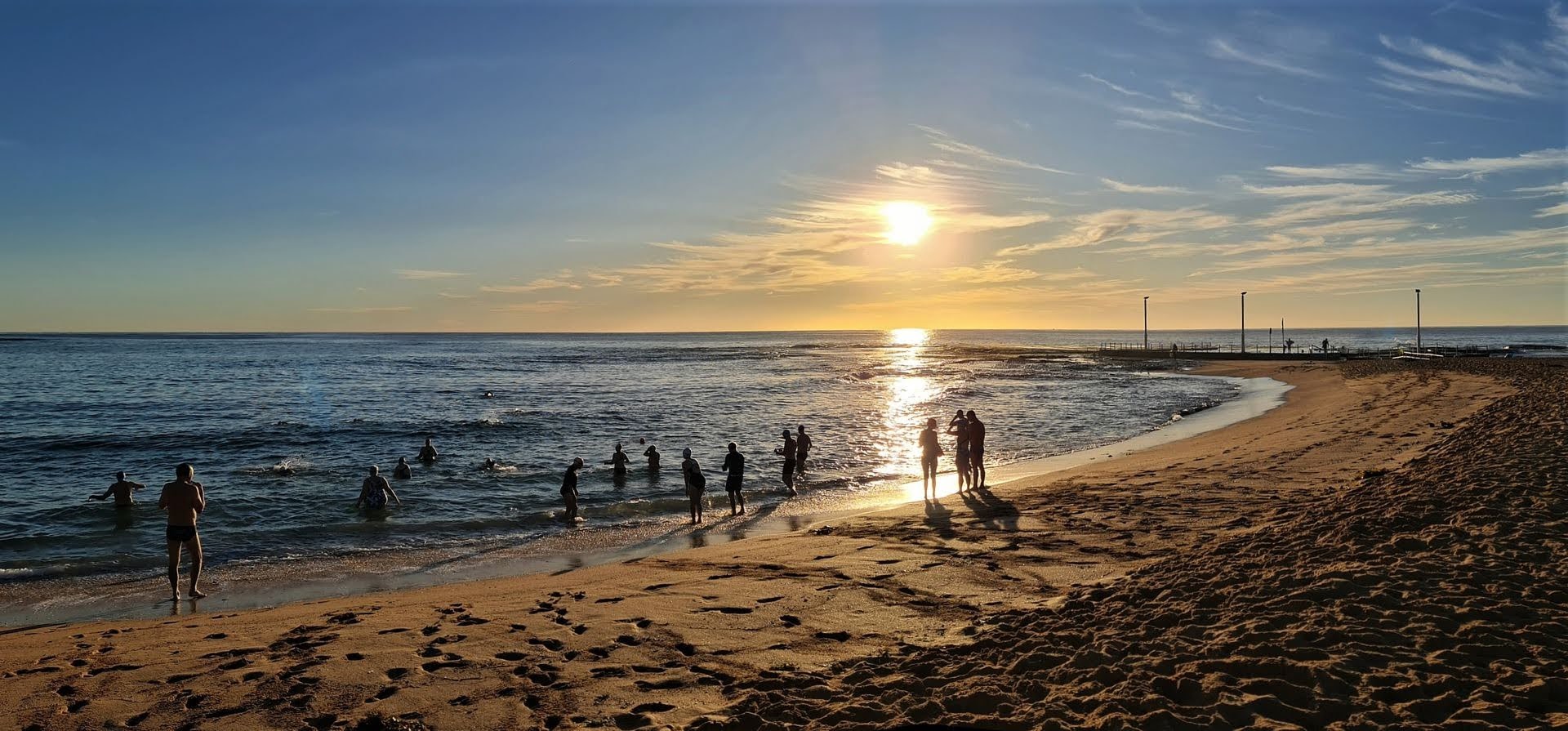
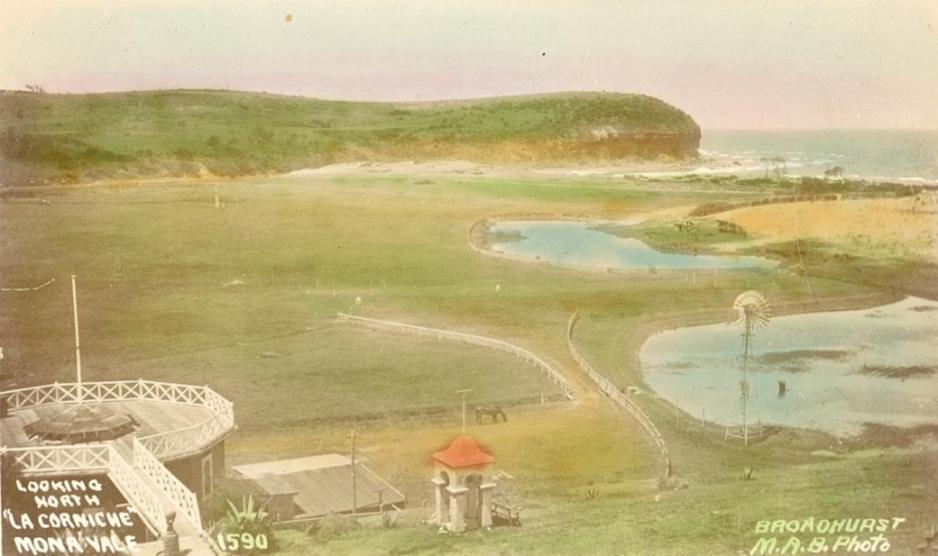
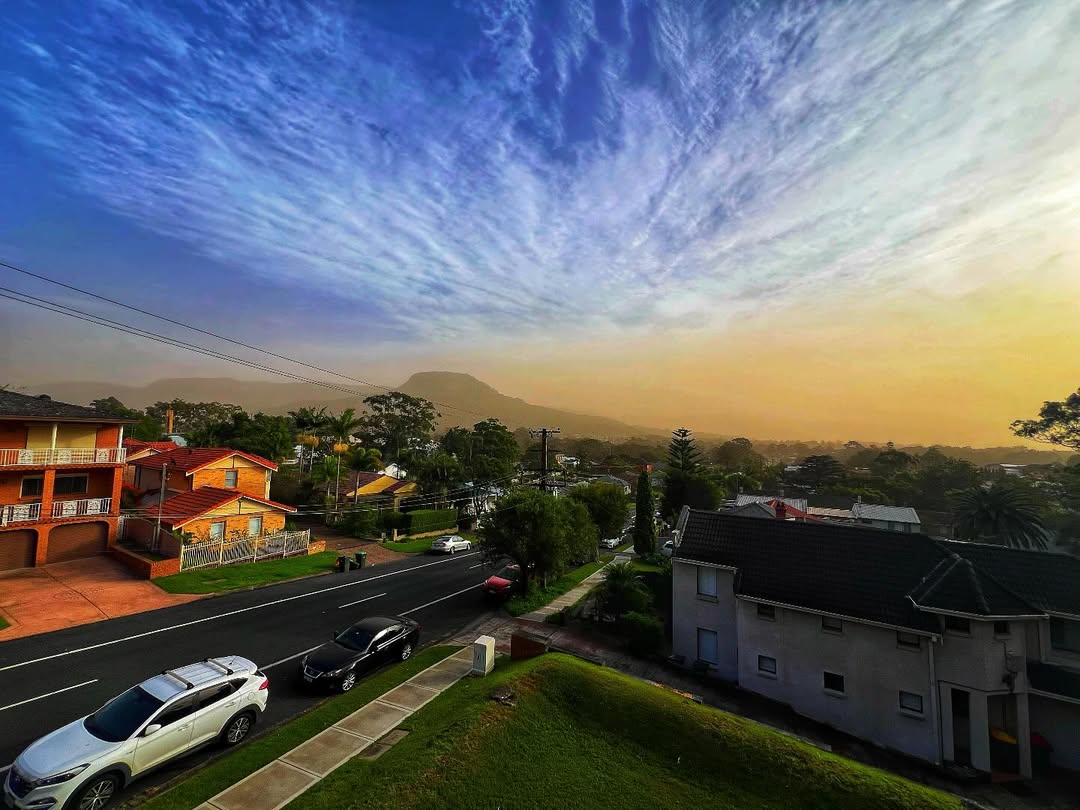
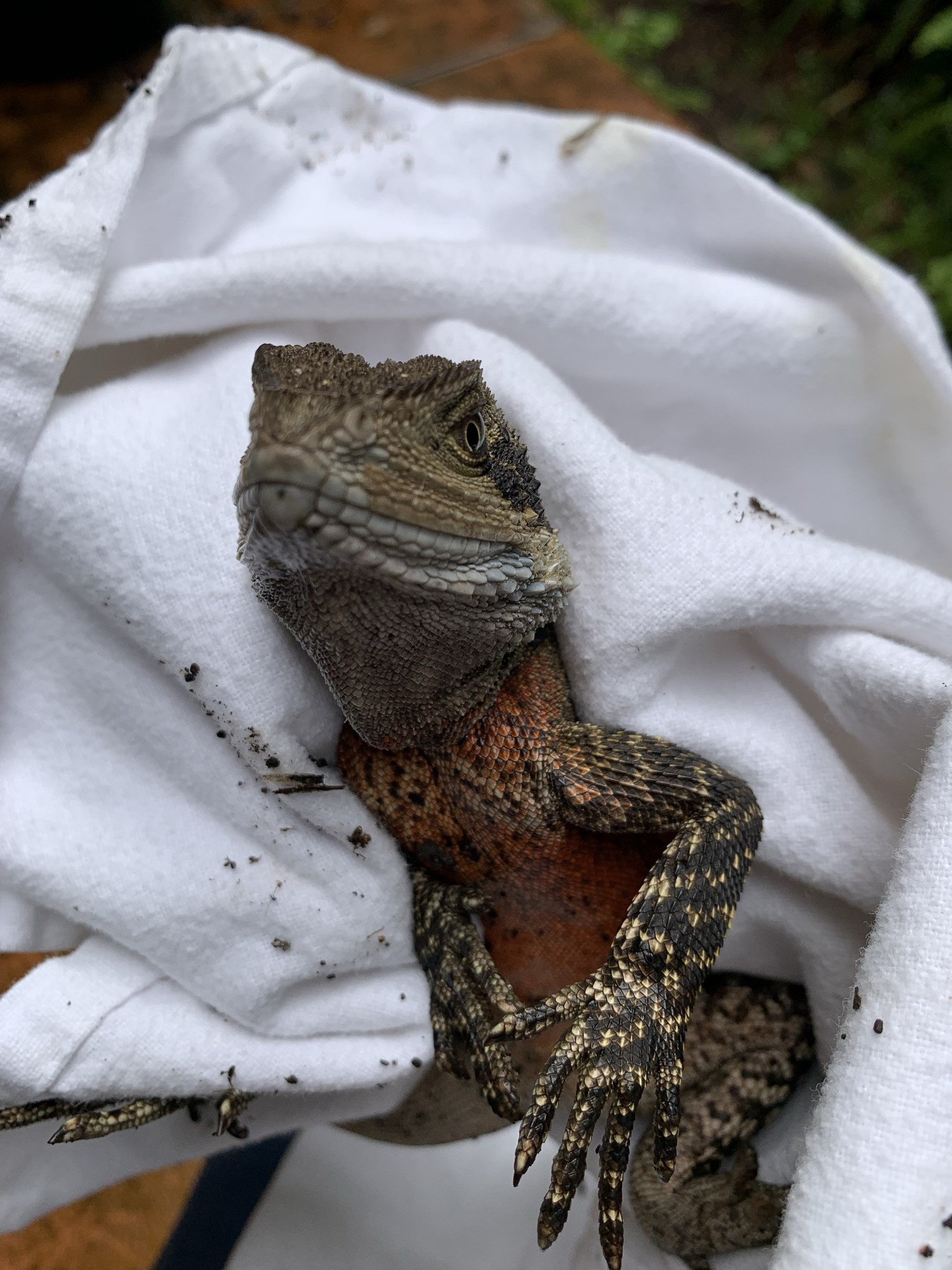
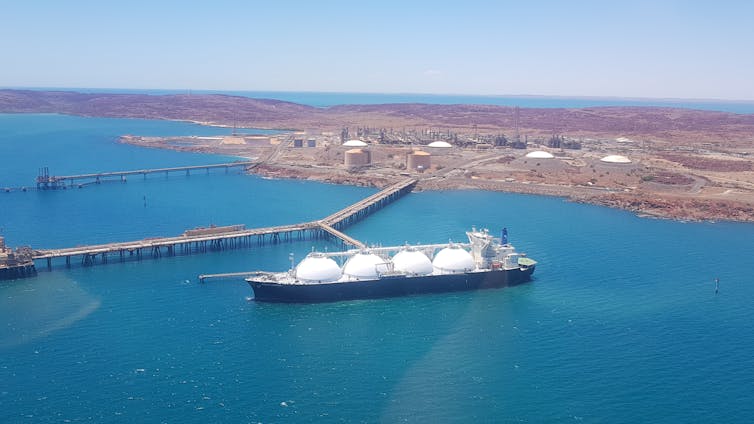
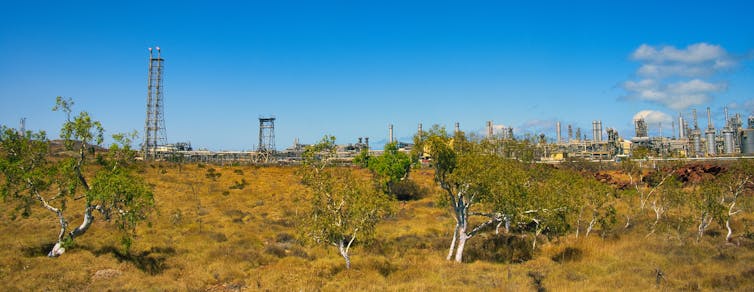


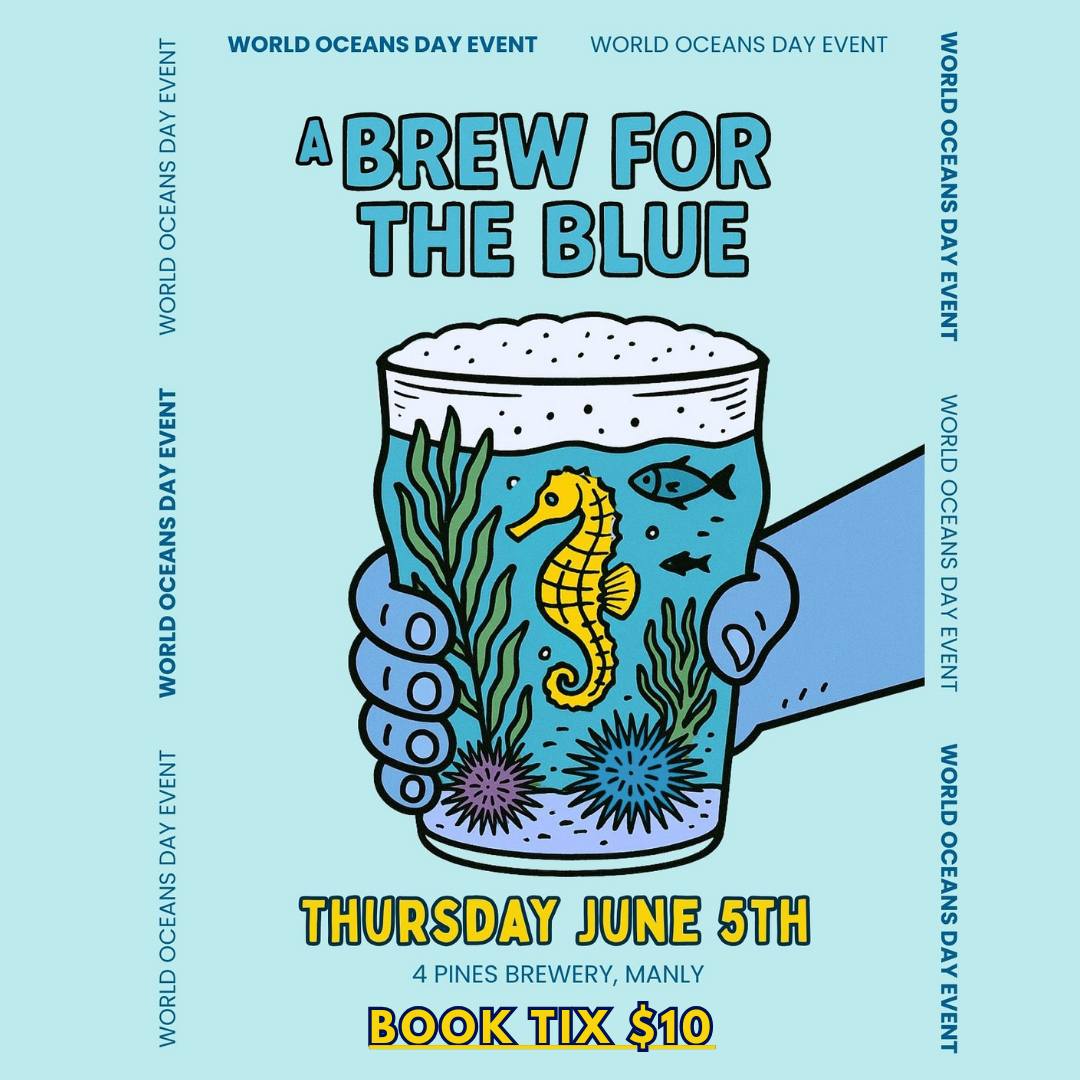

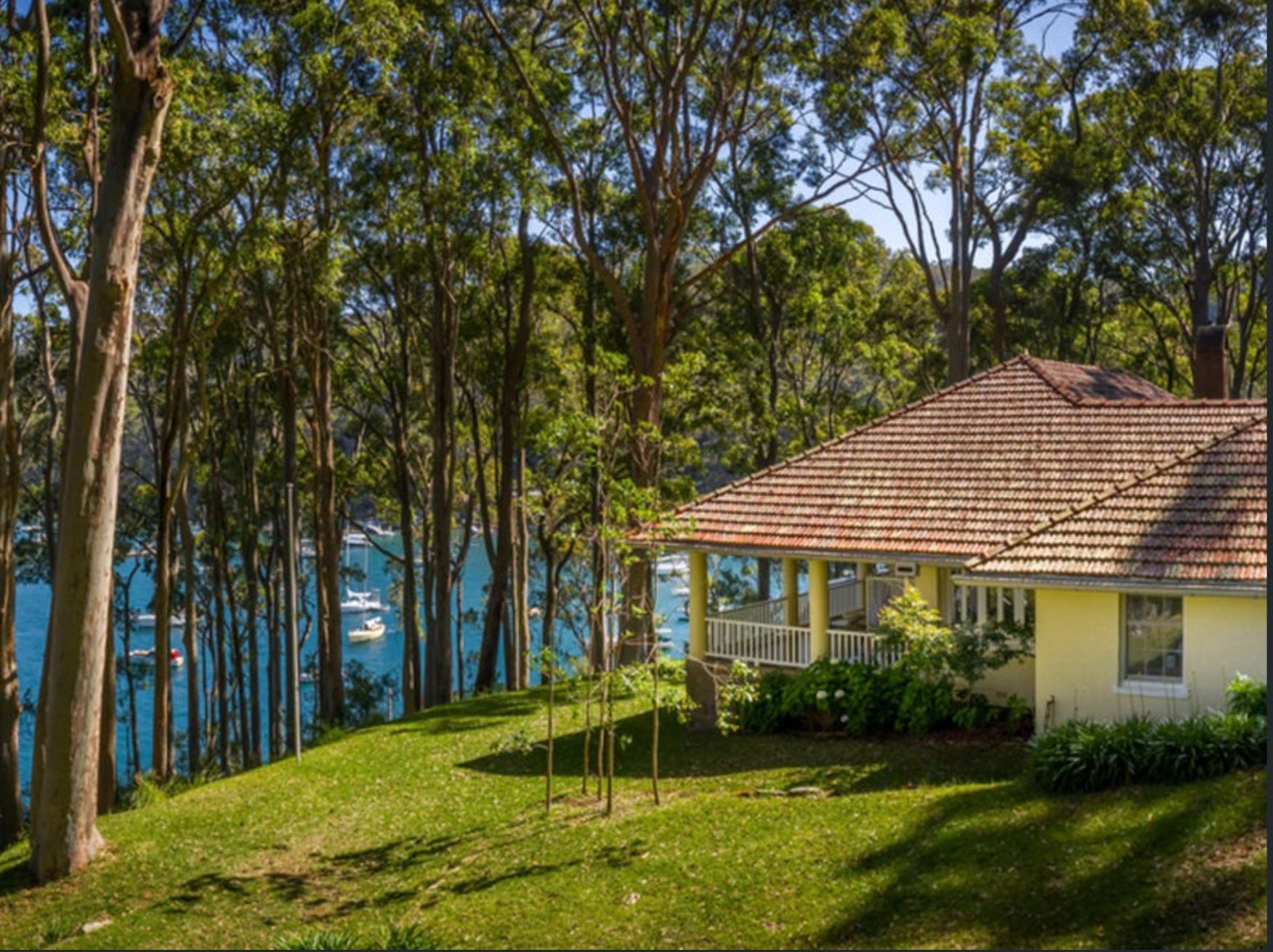
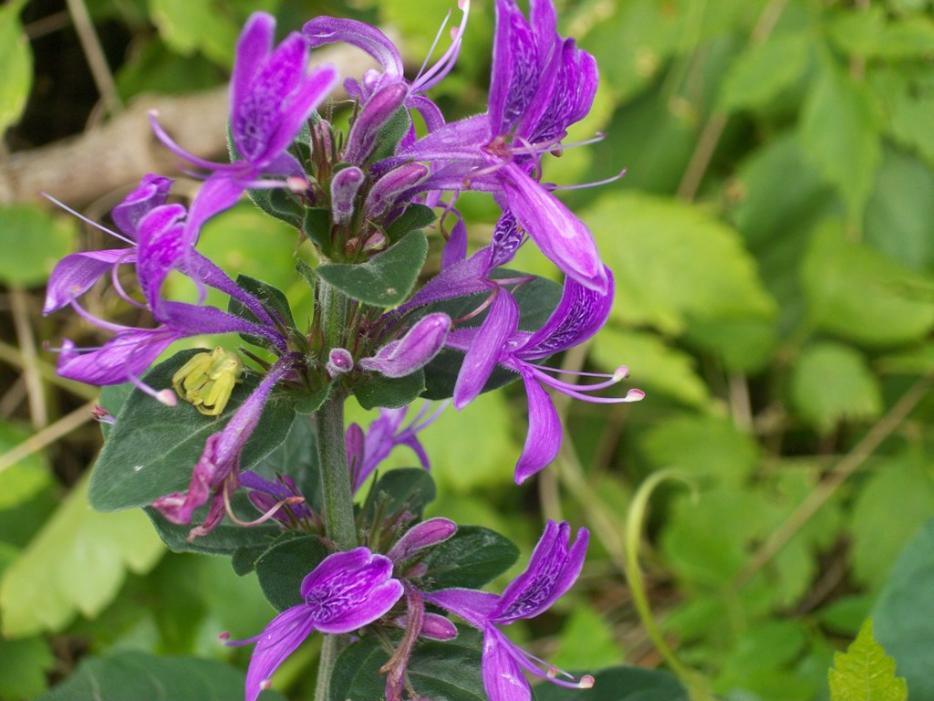
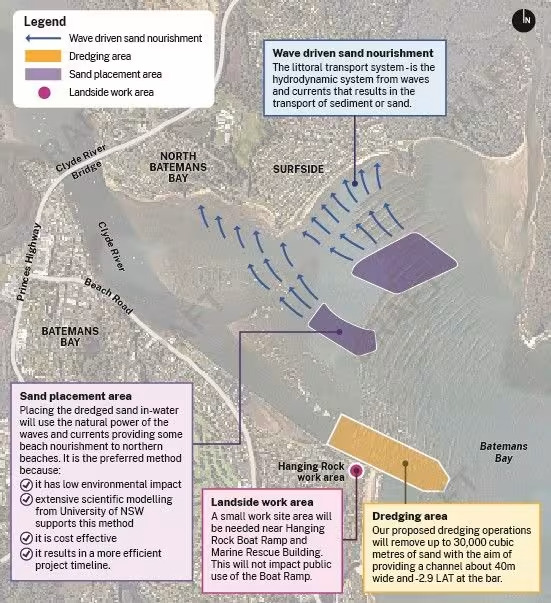


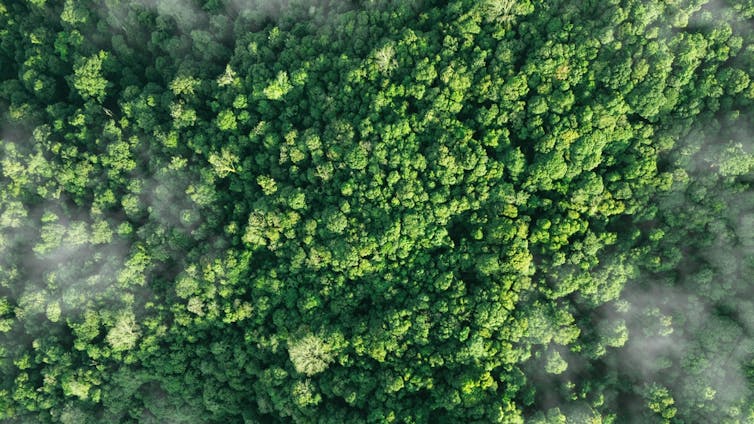
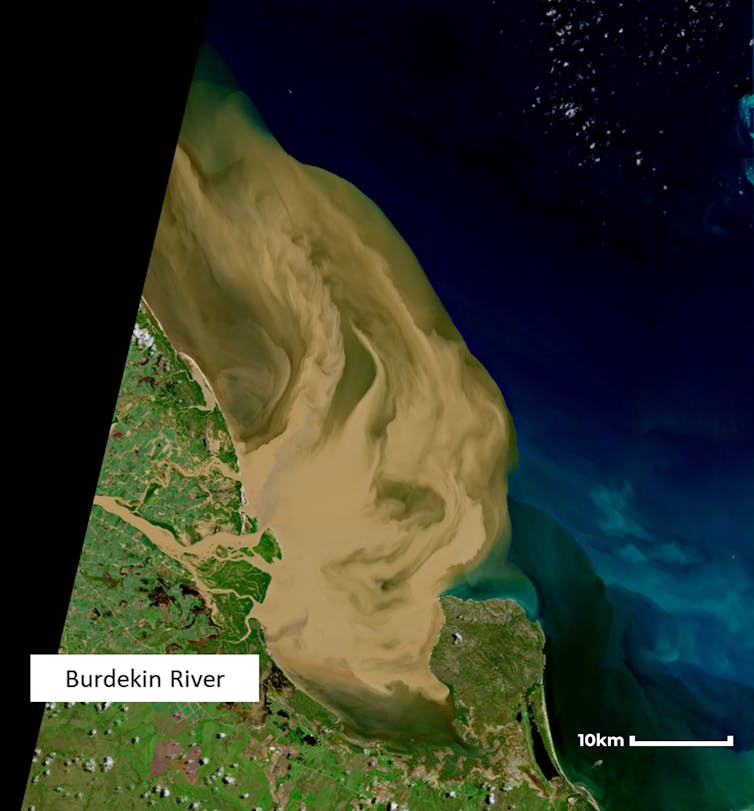
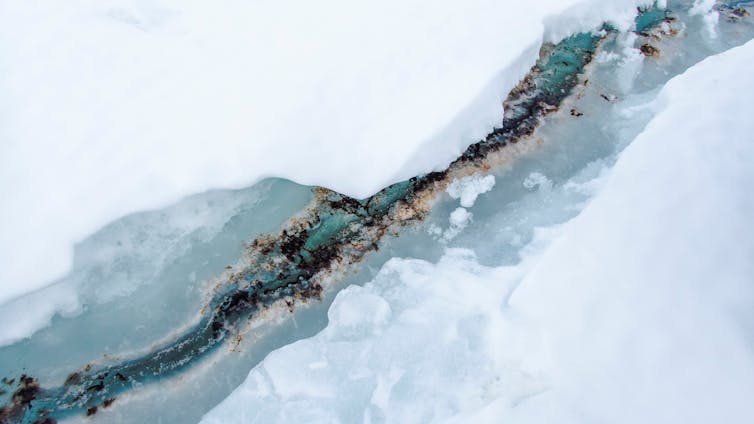

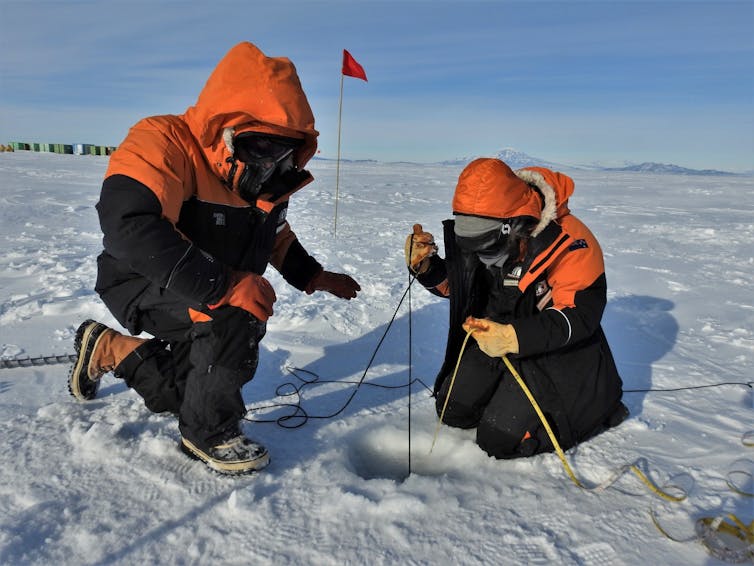
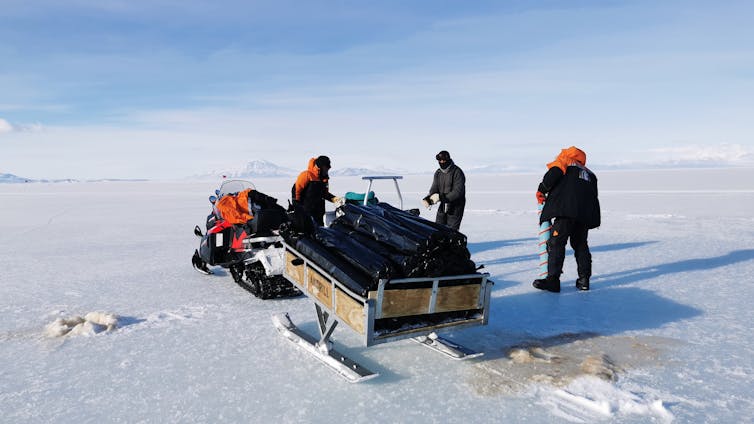
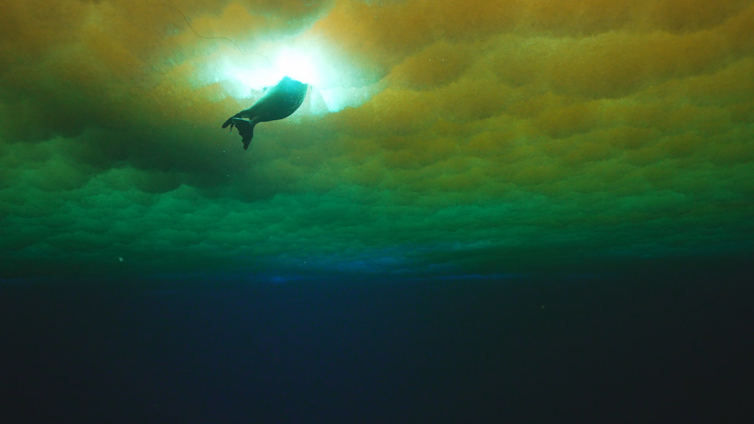
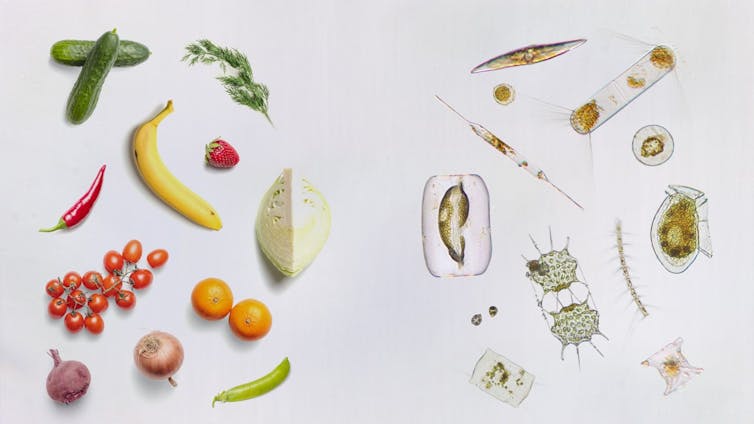

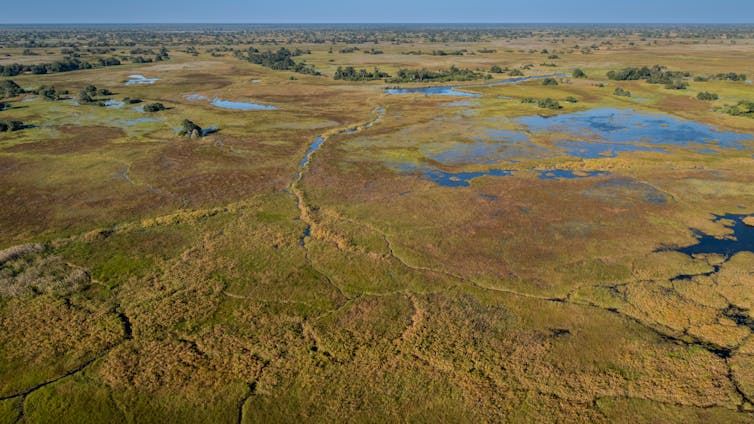



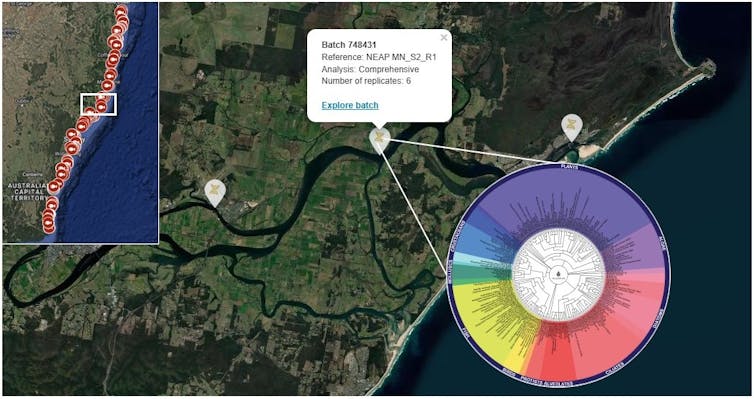
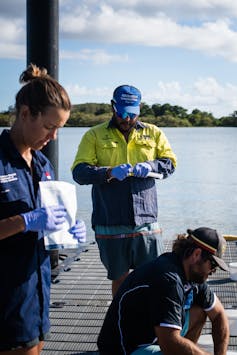
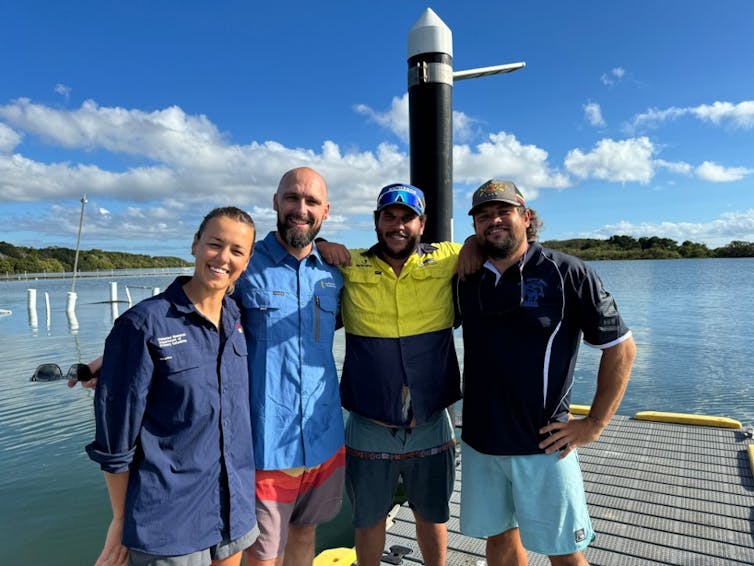

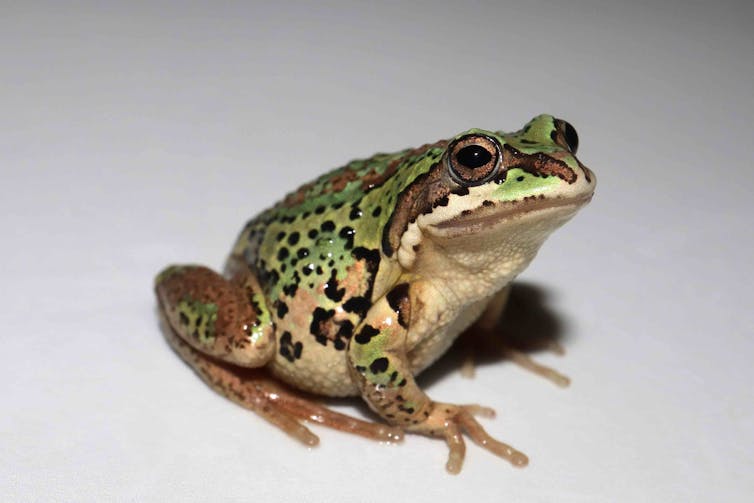



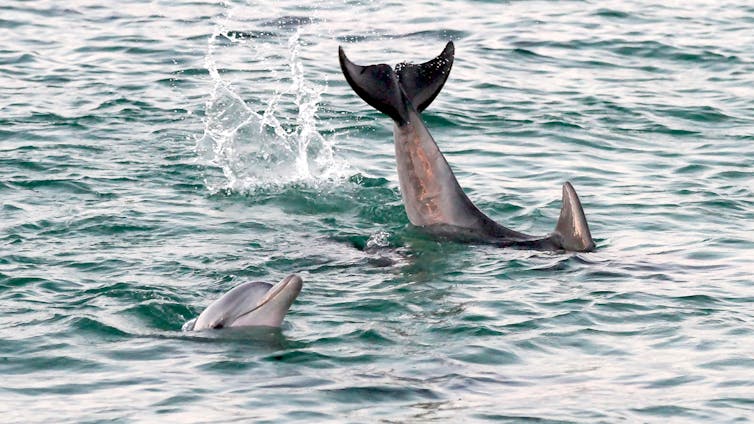
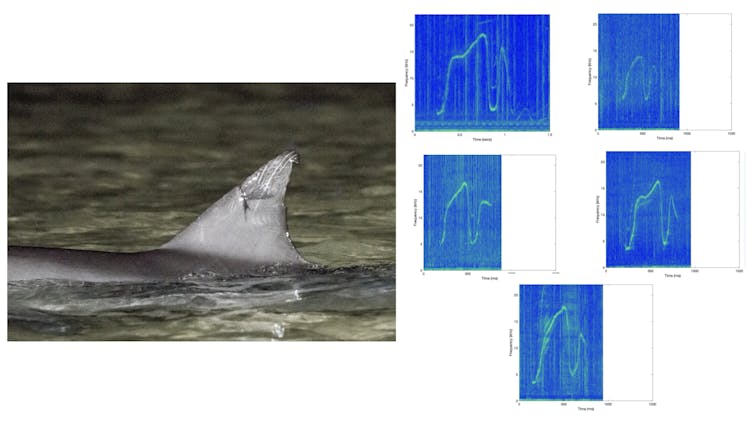
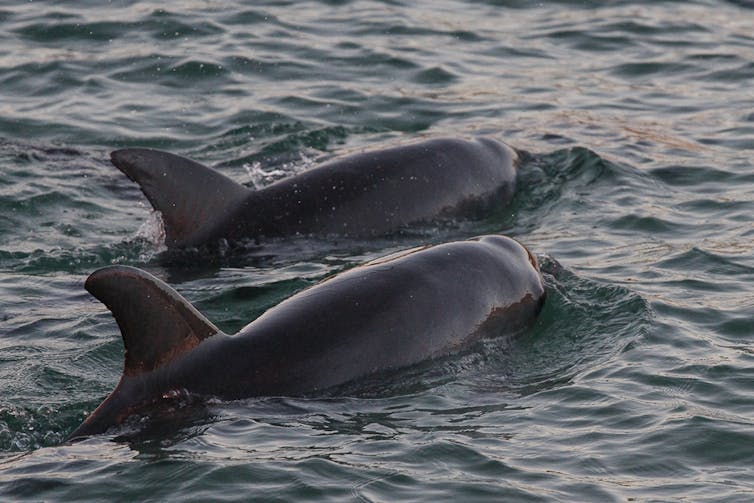



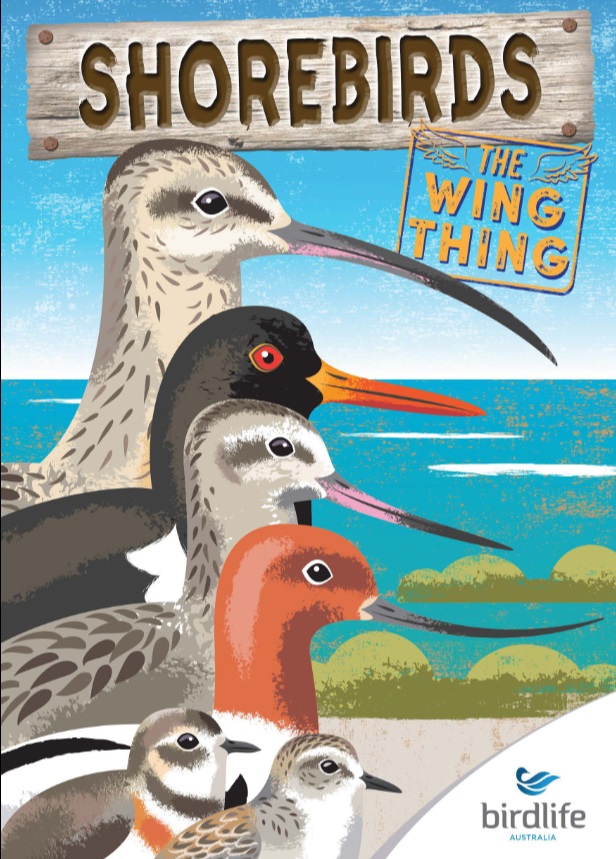
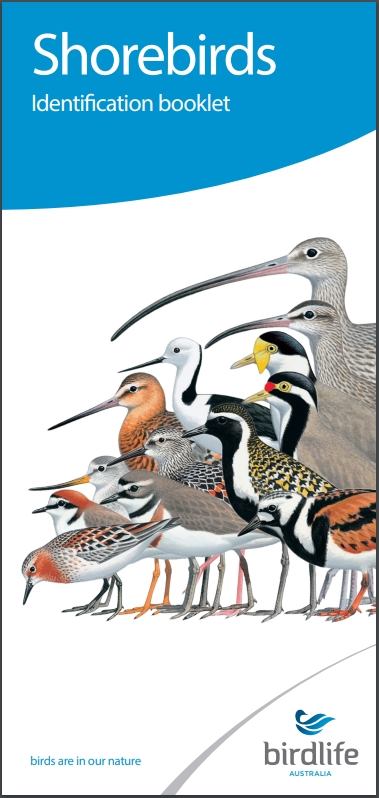 Shorebird Identification Booklet
Shorebird Identification Booklet